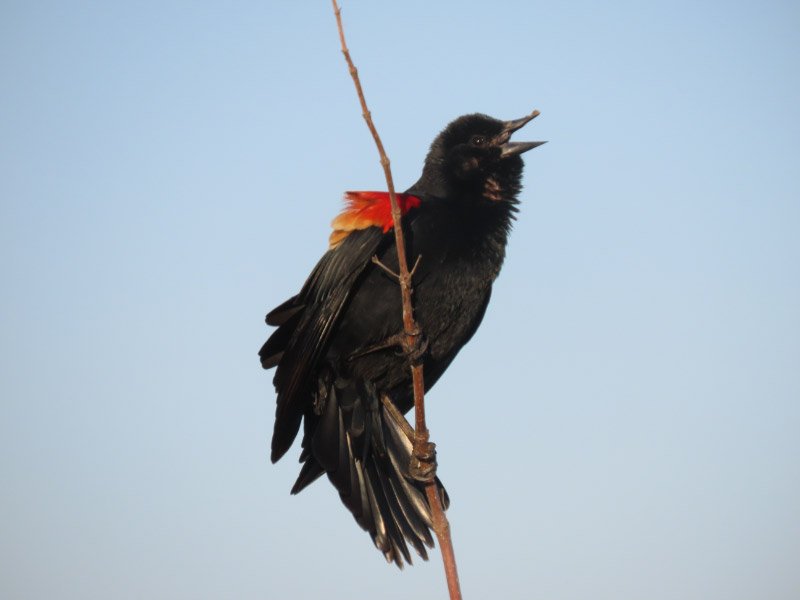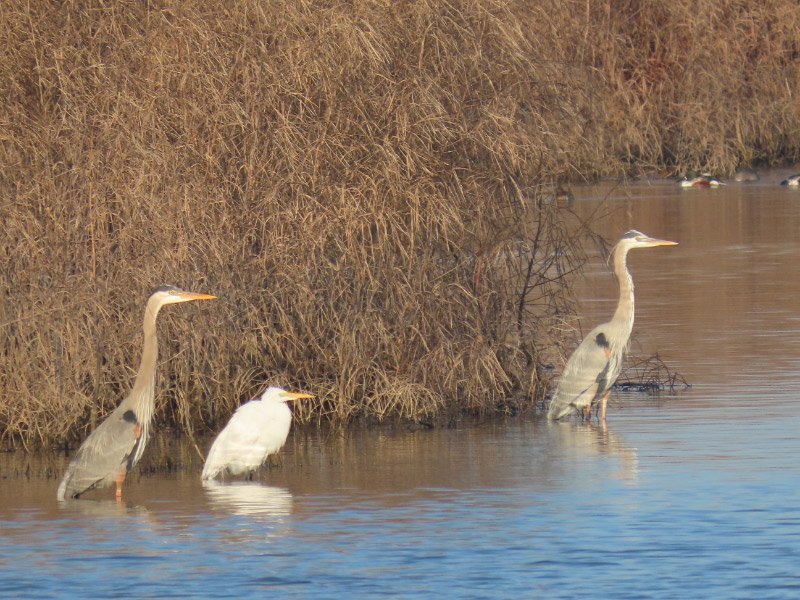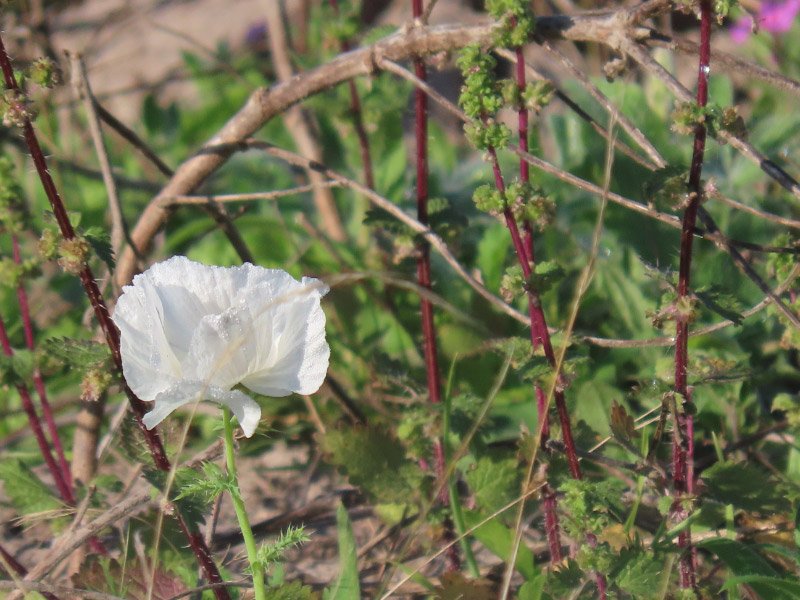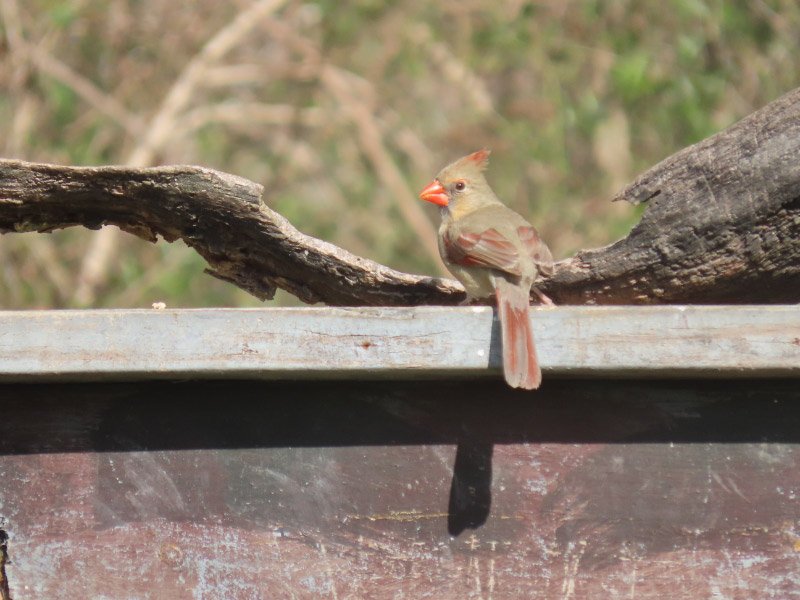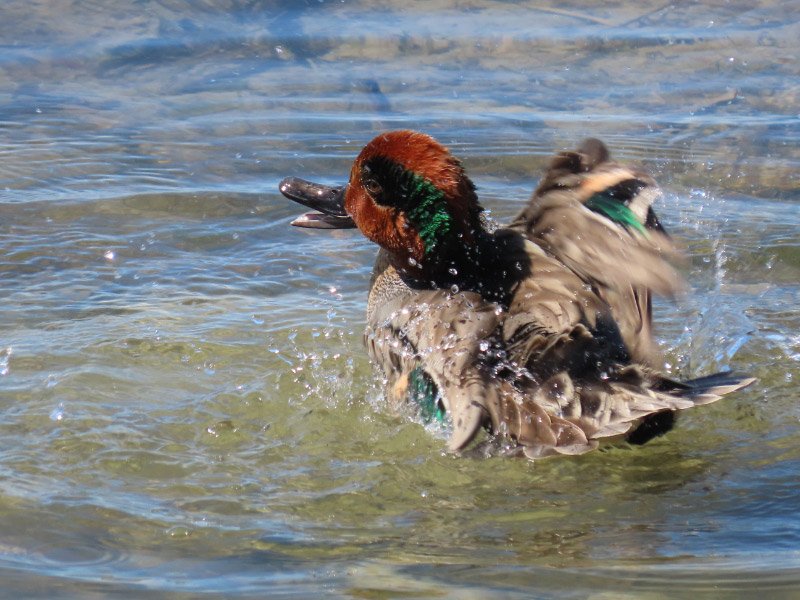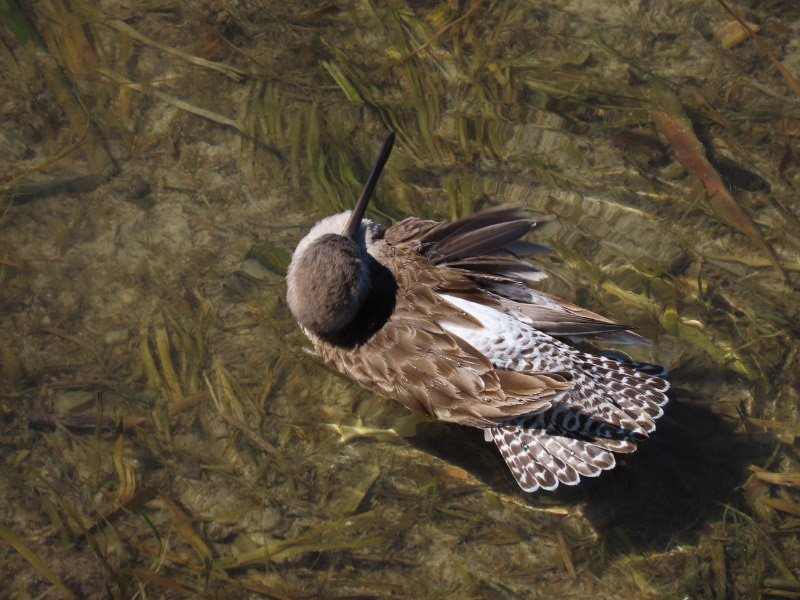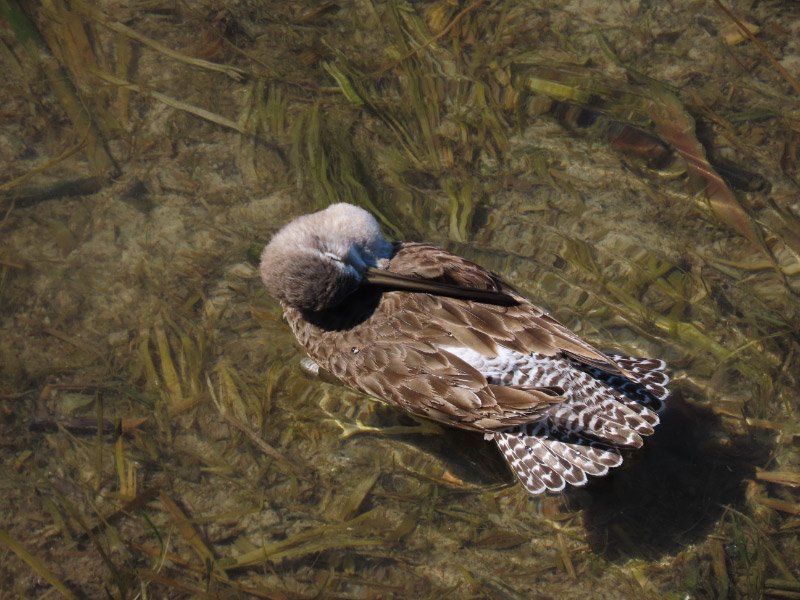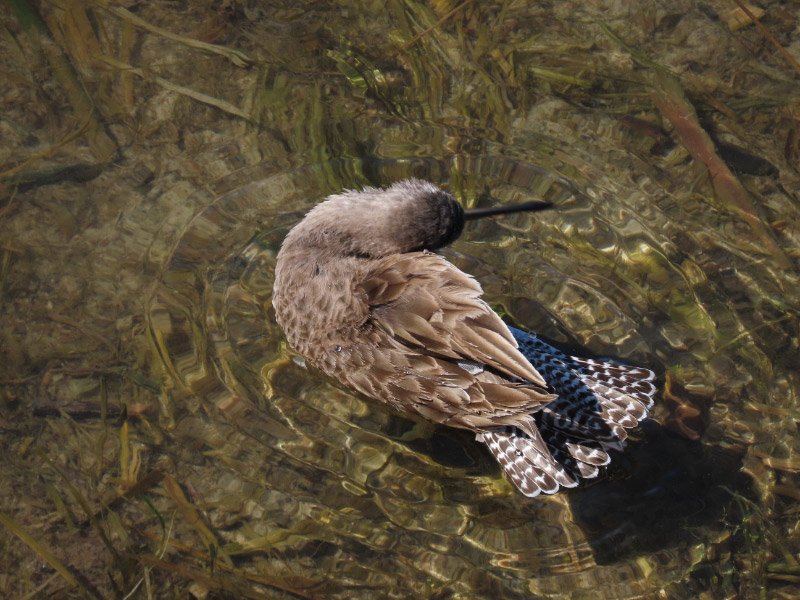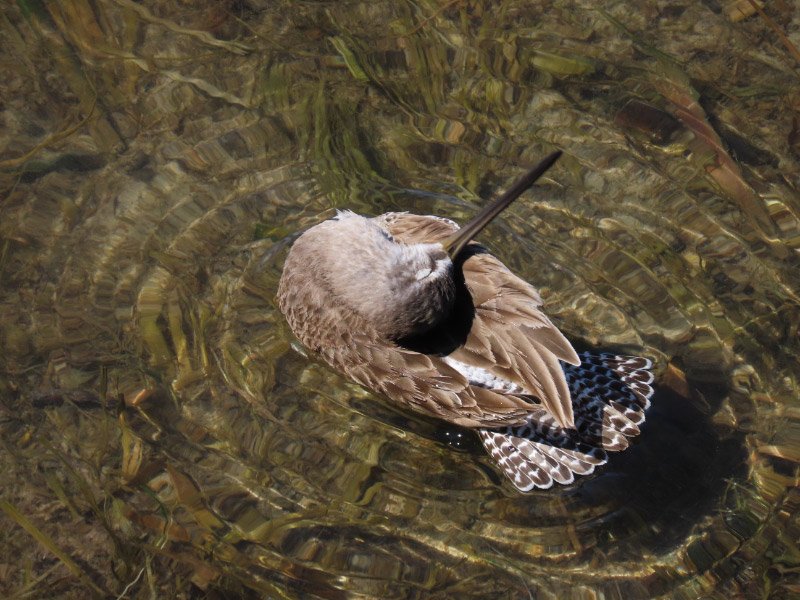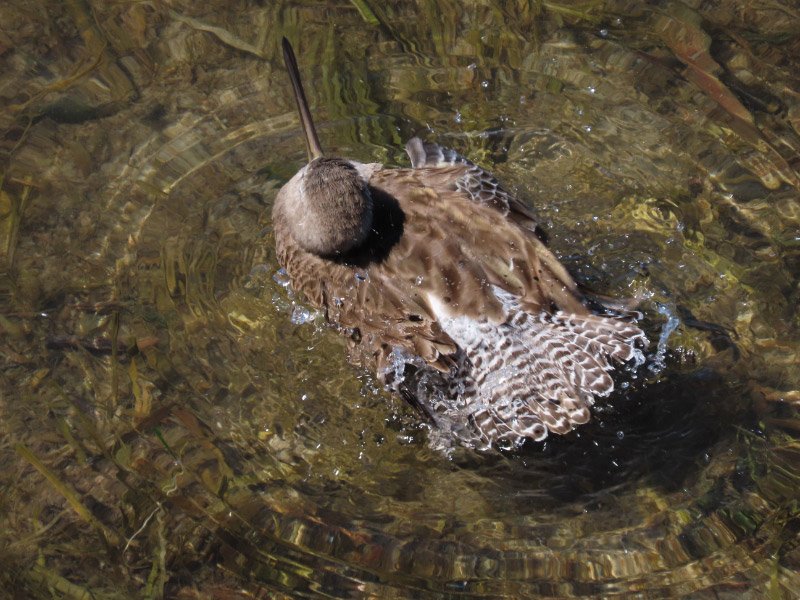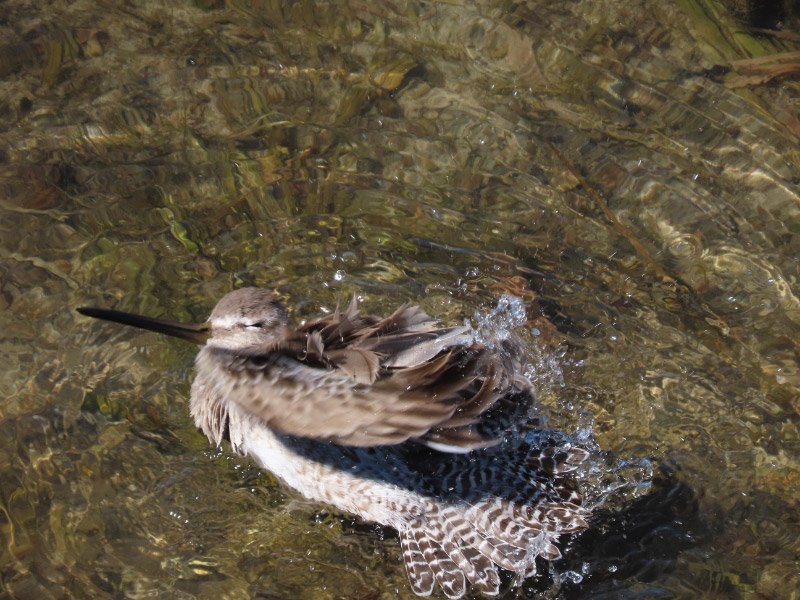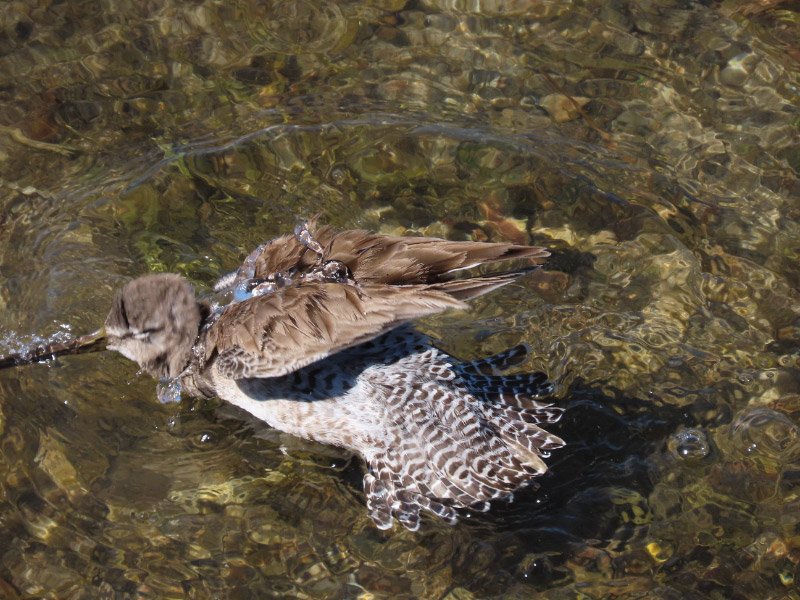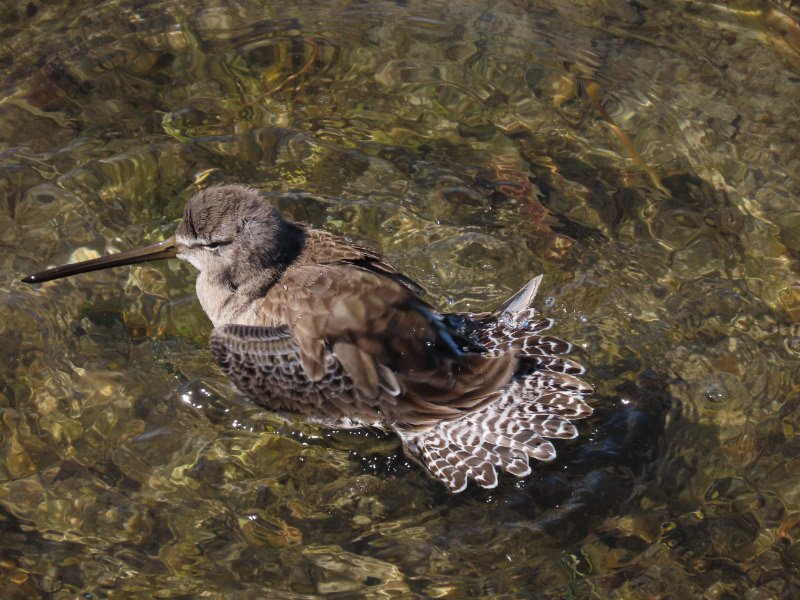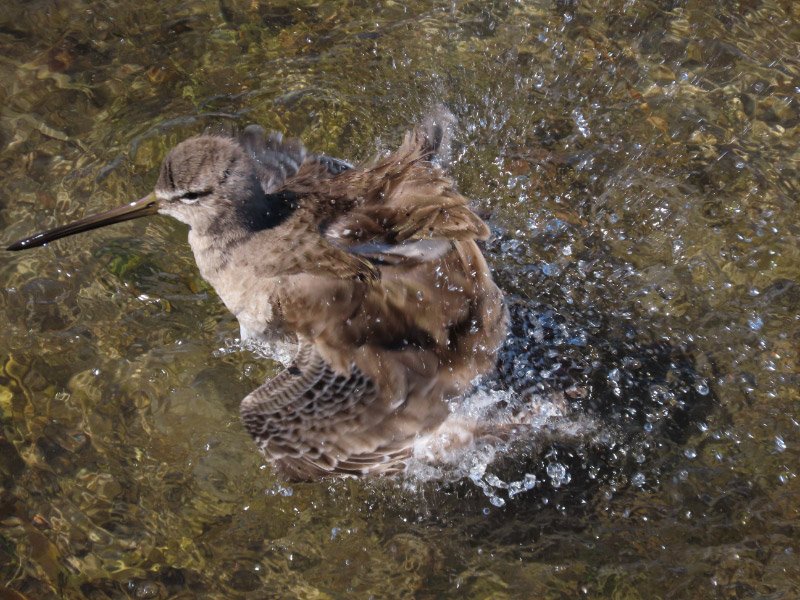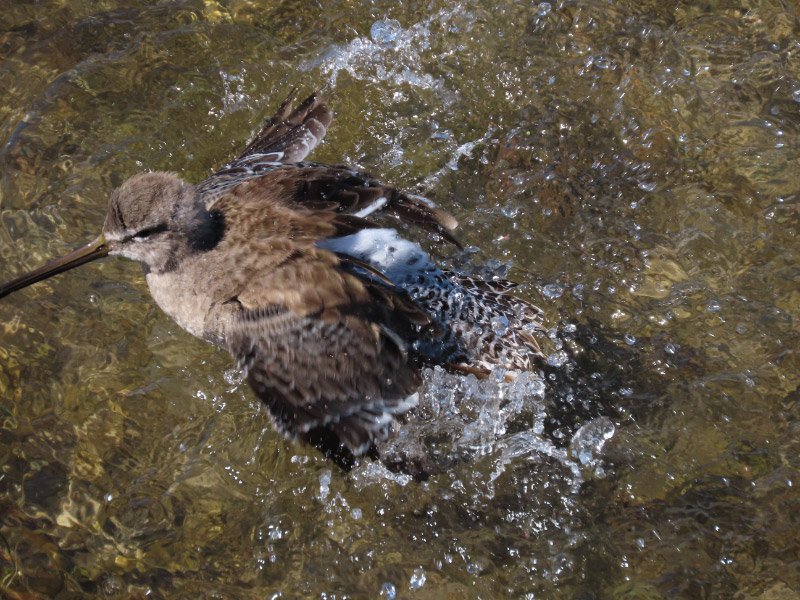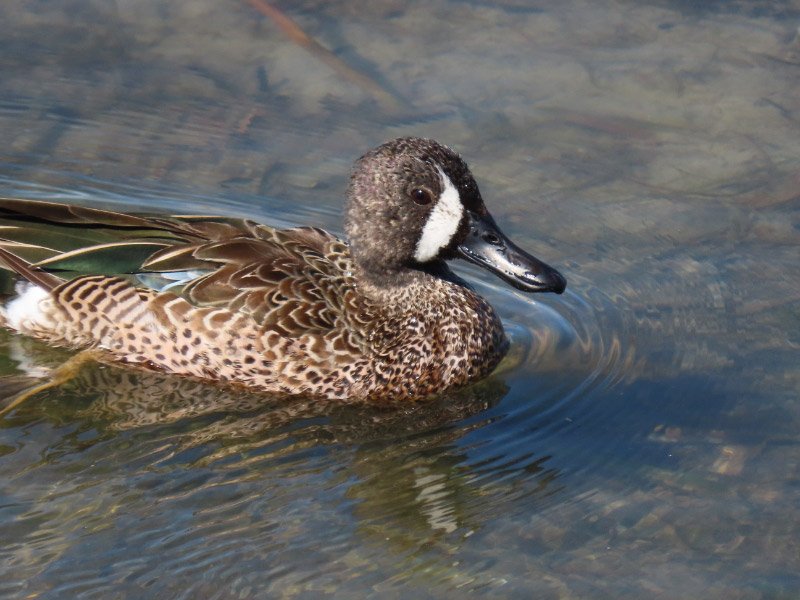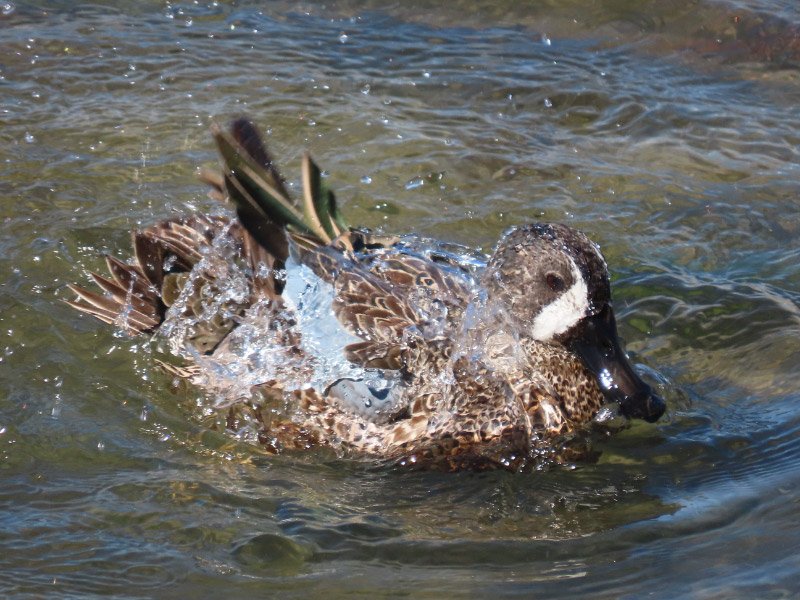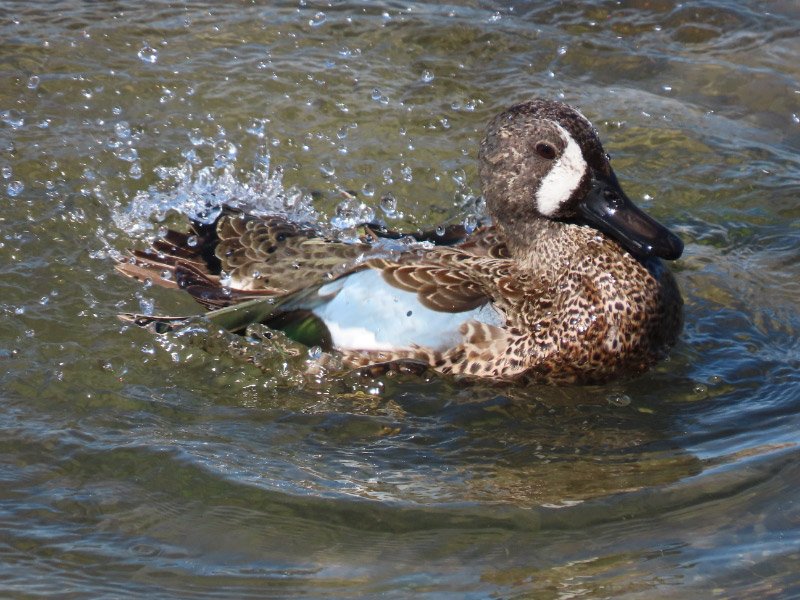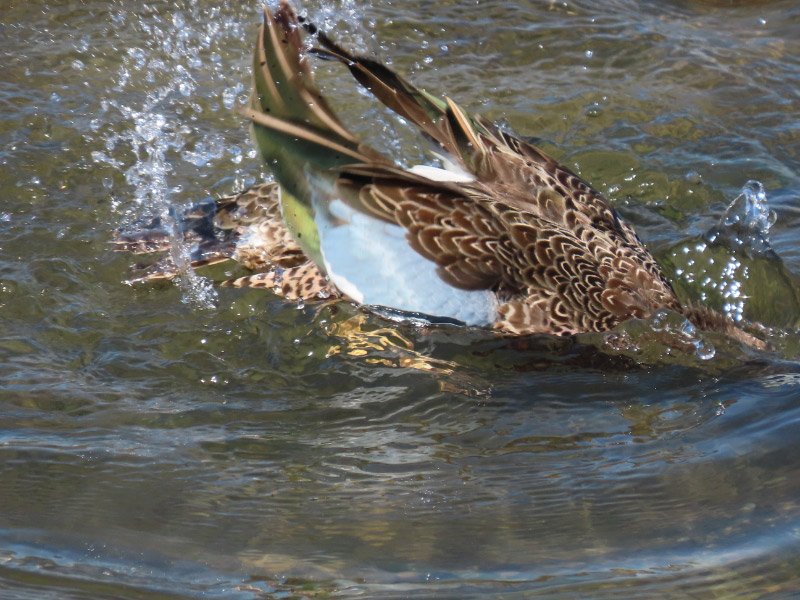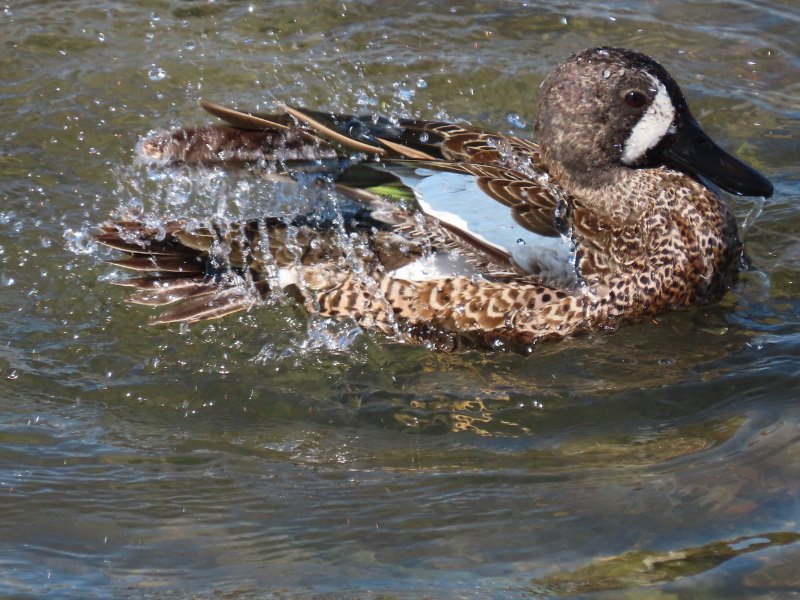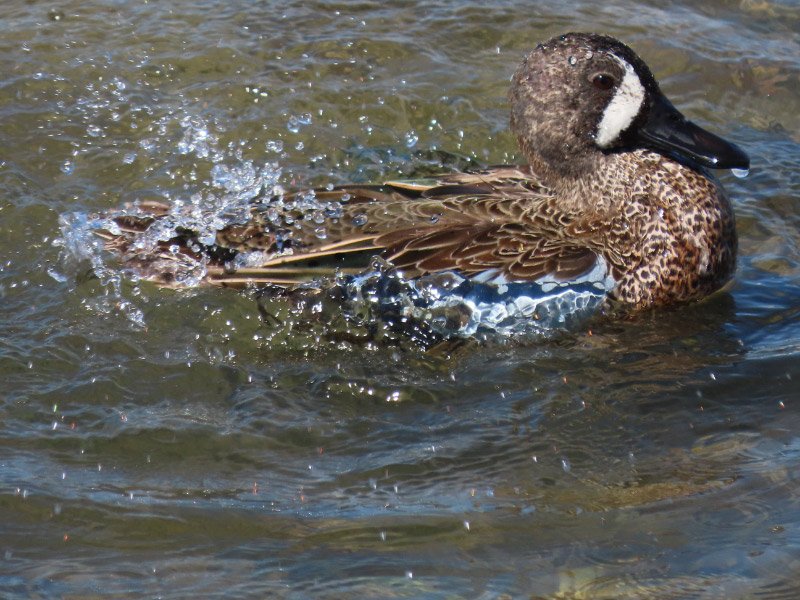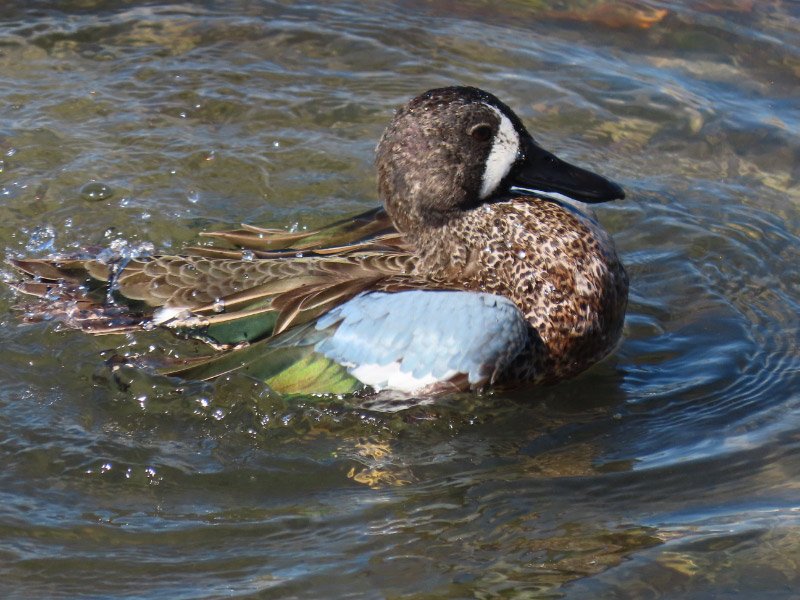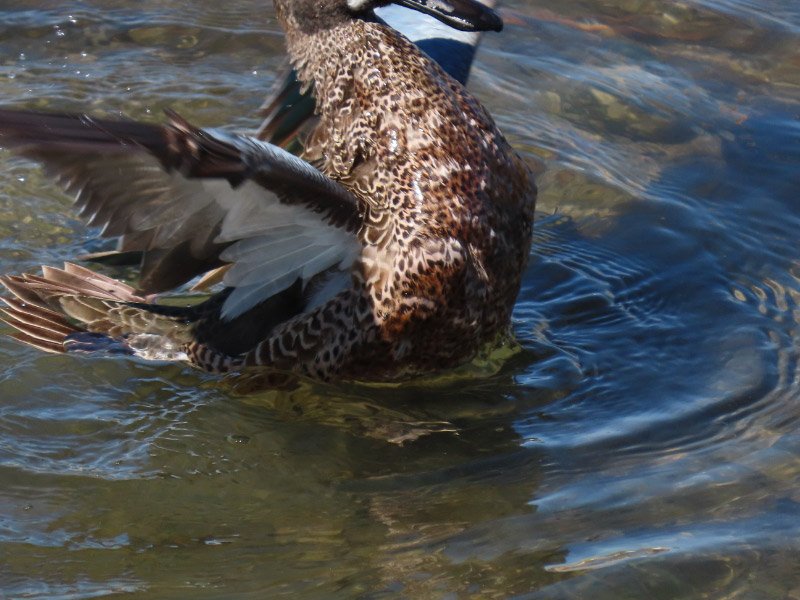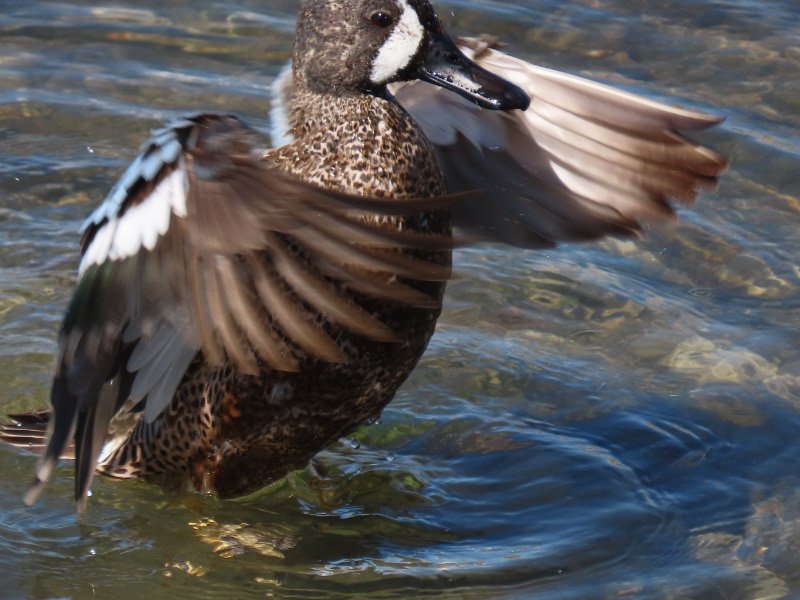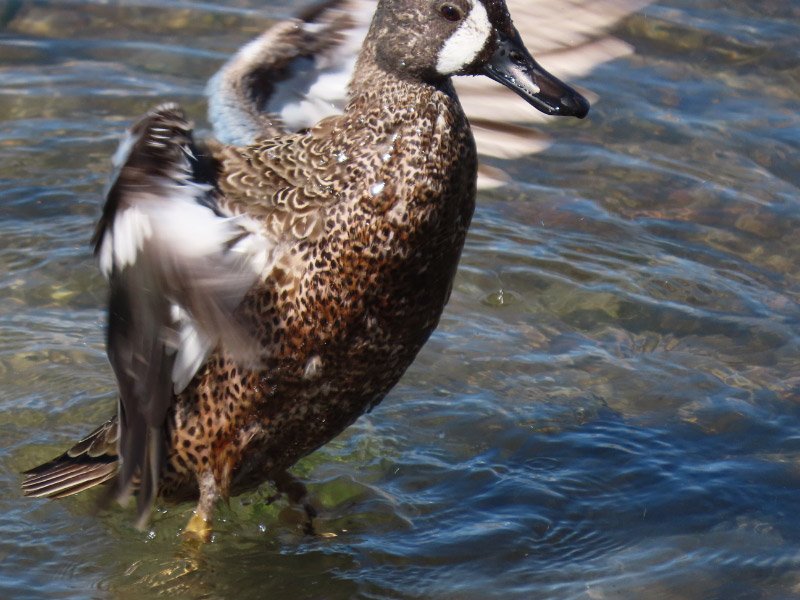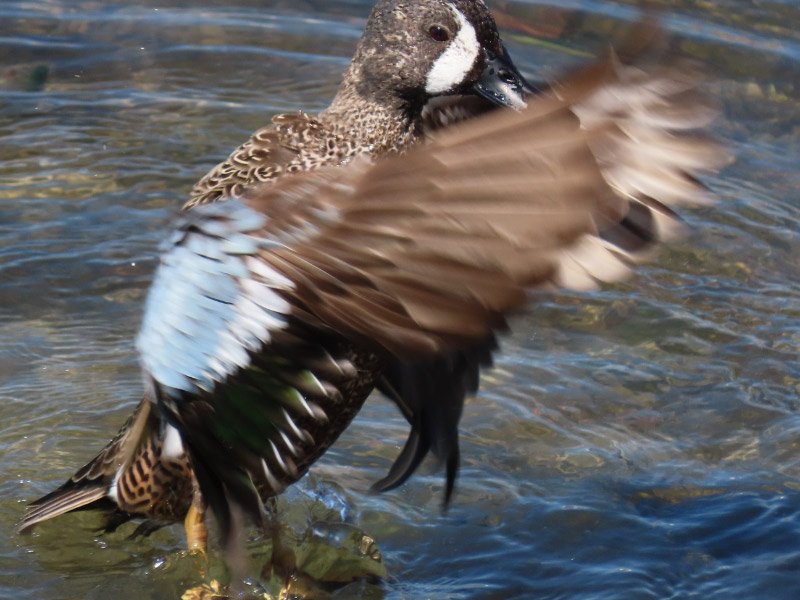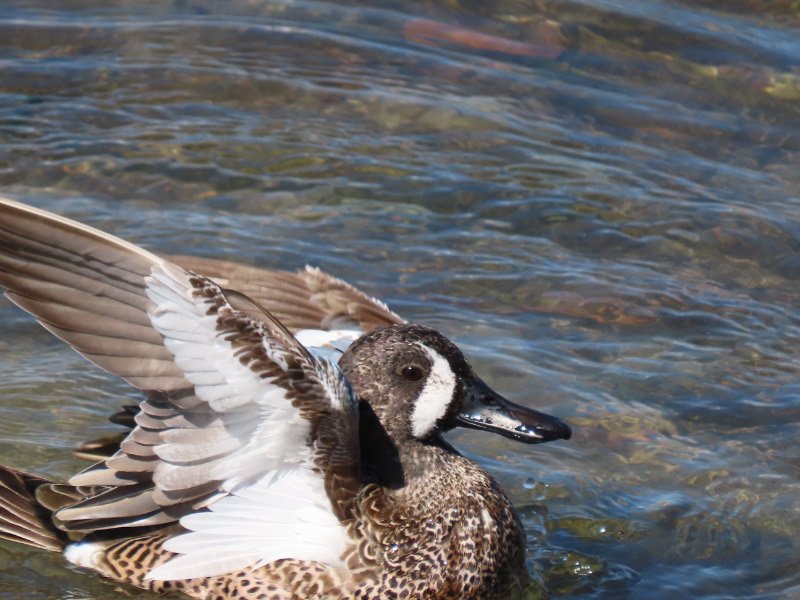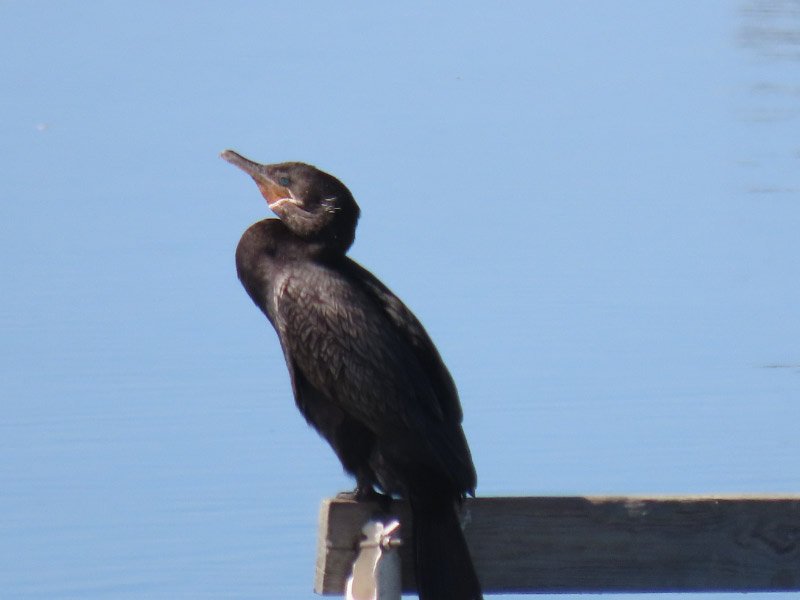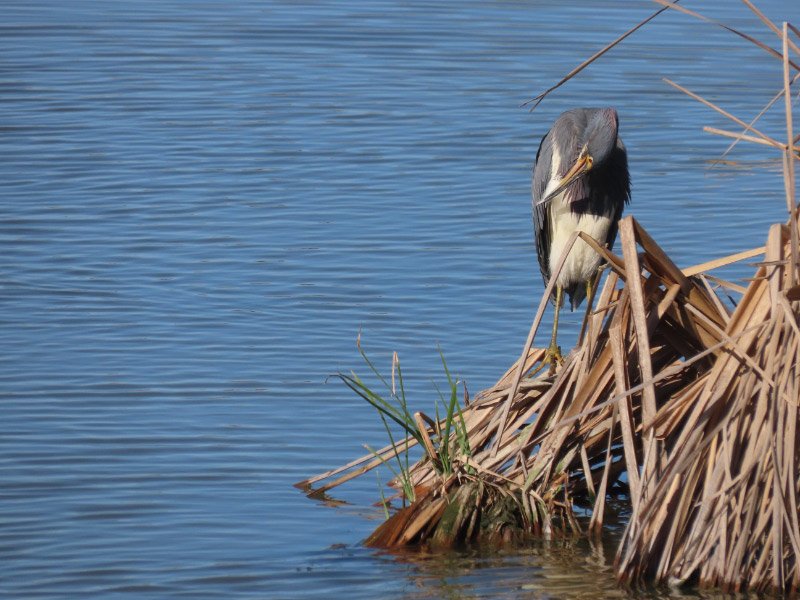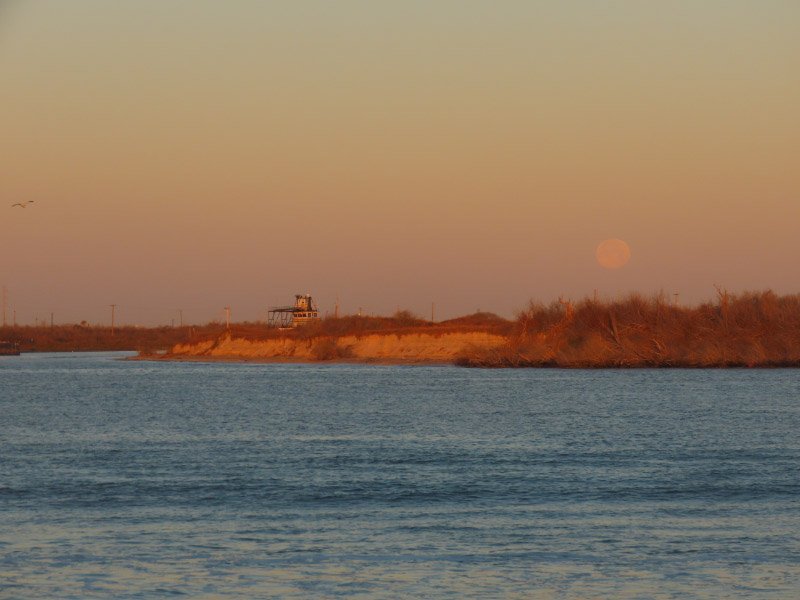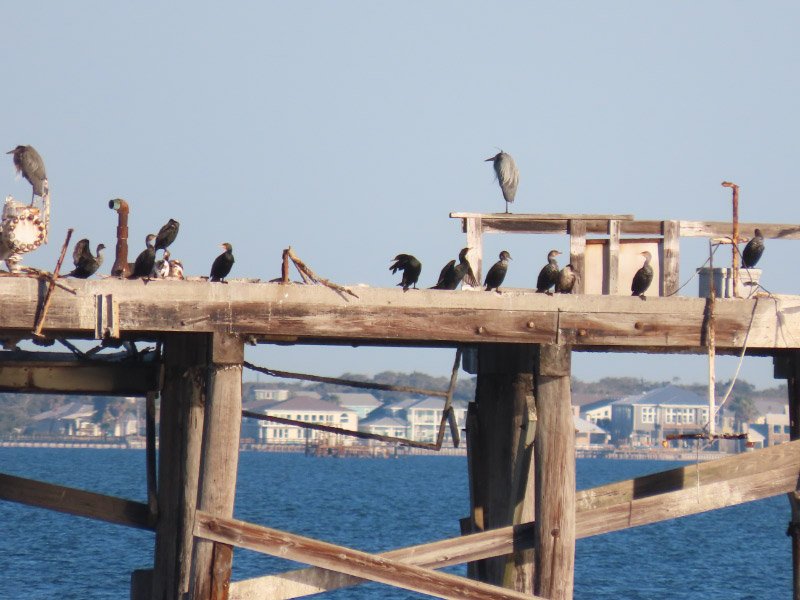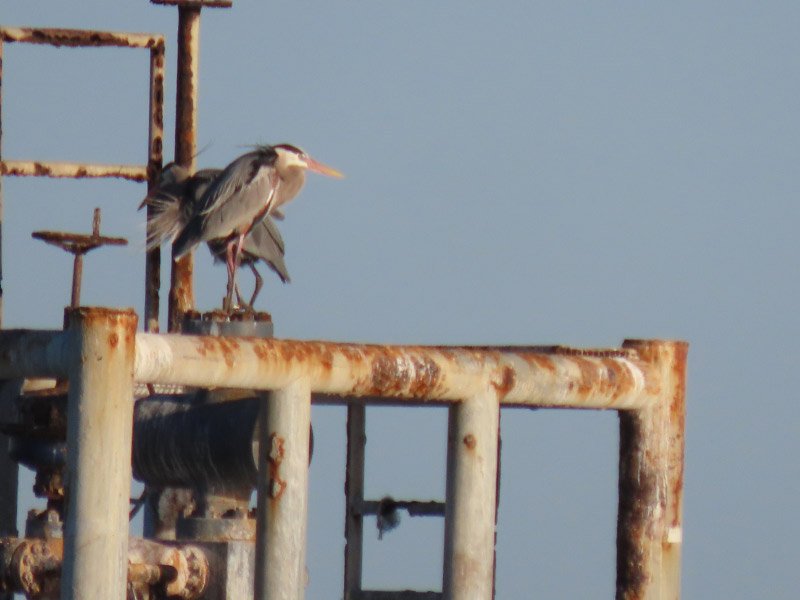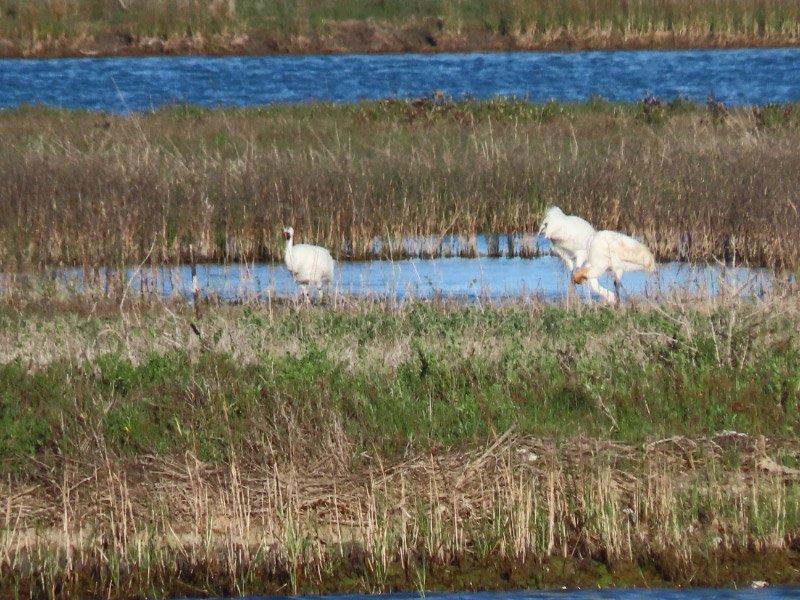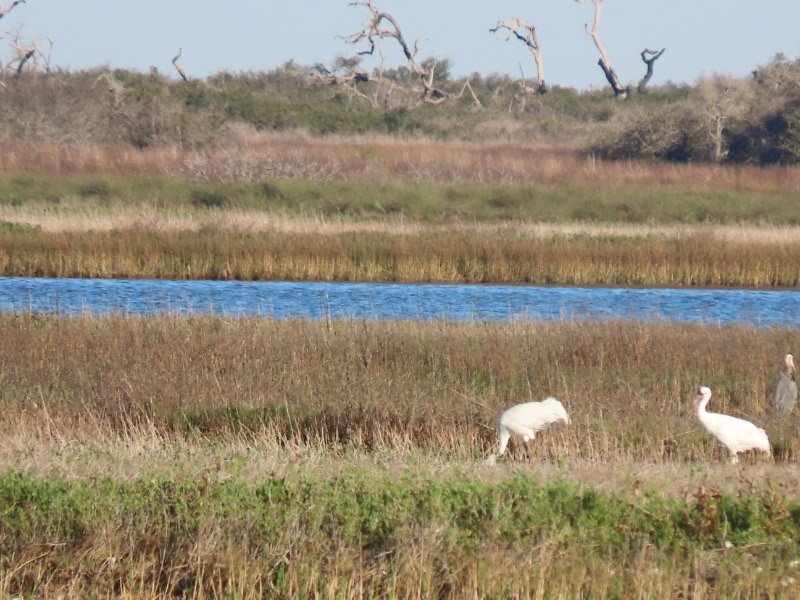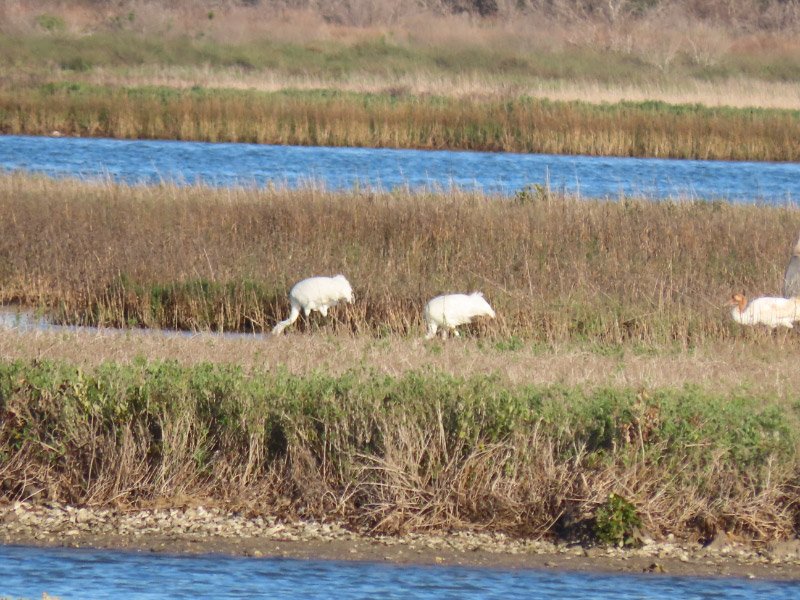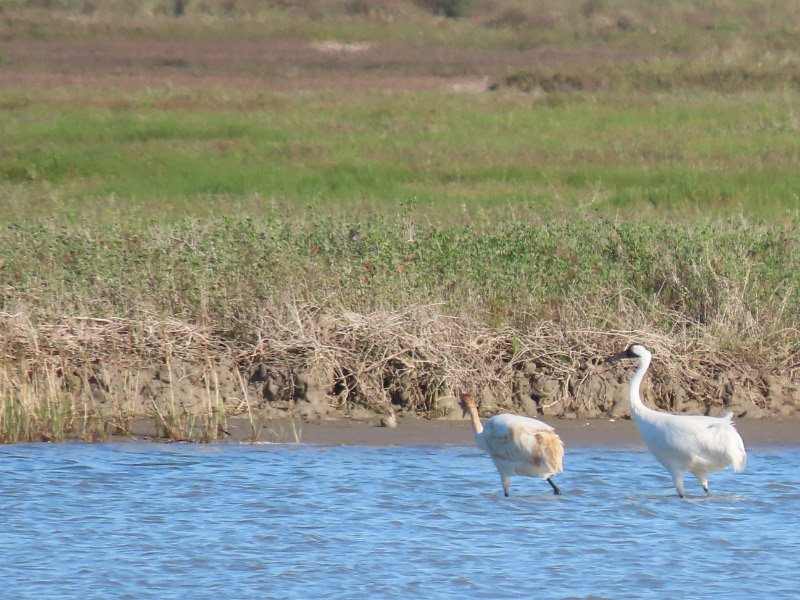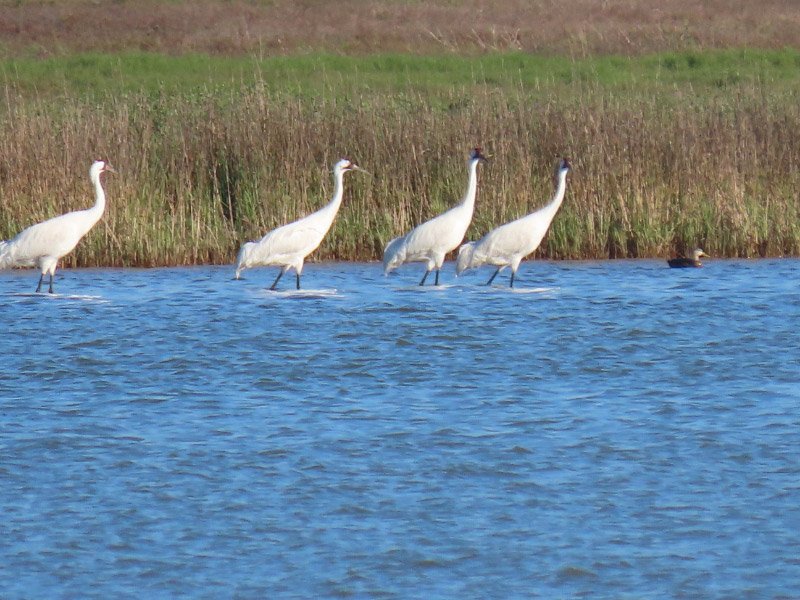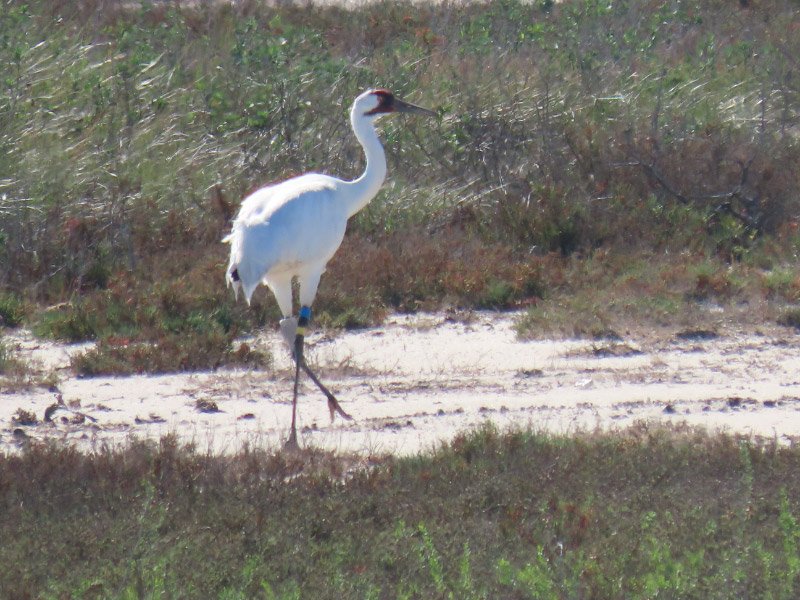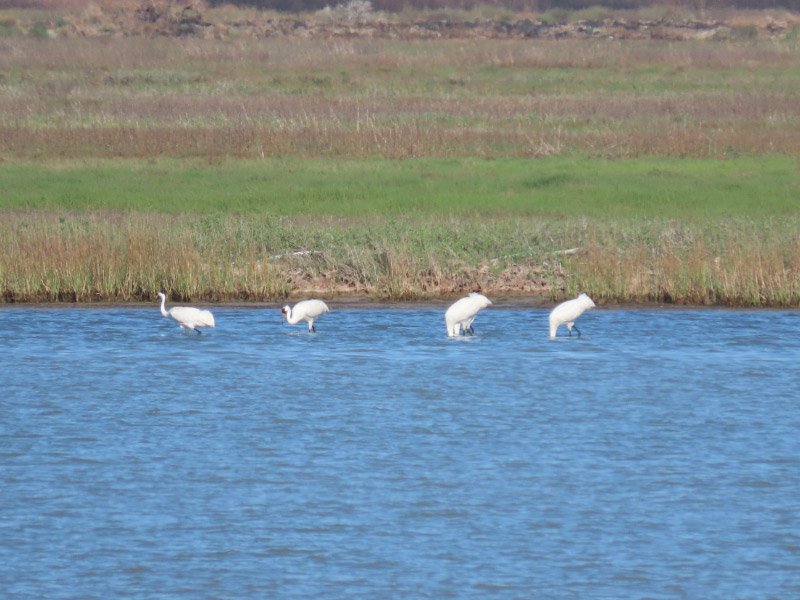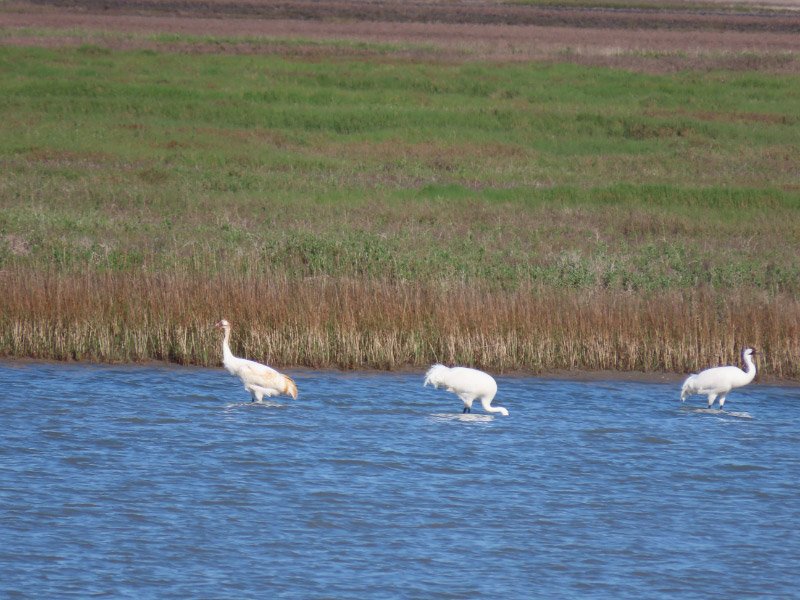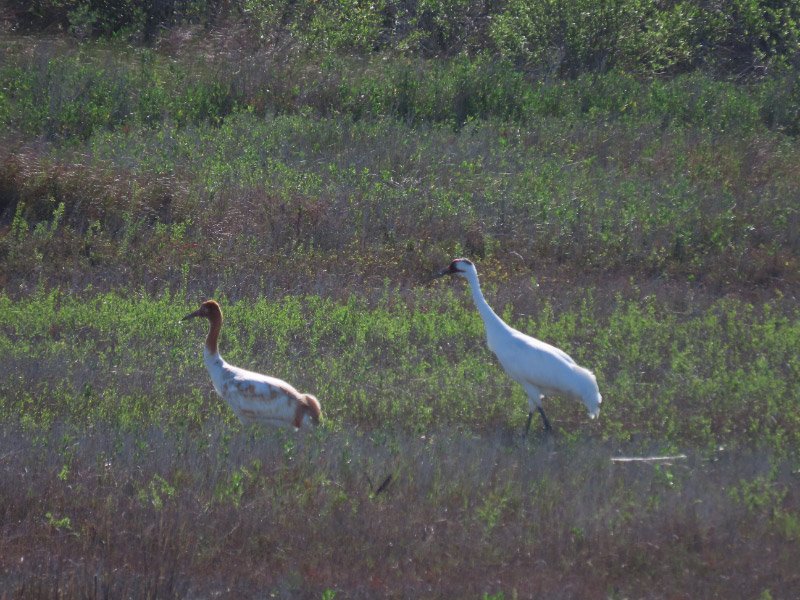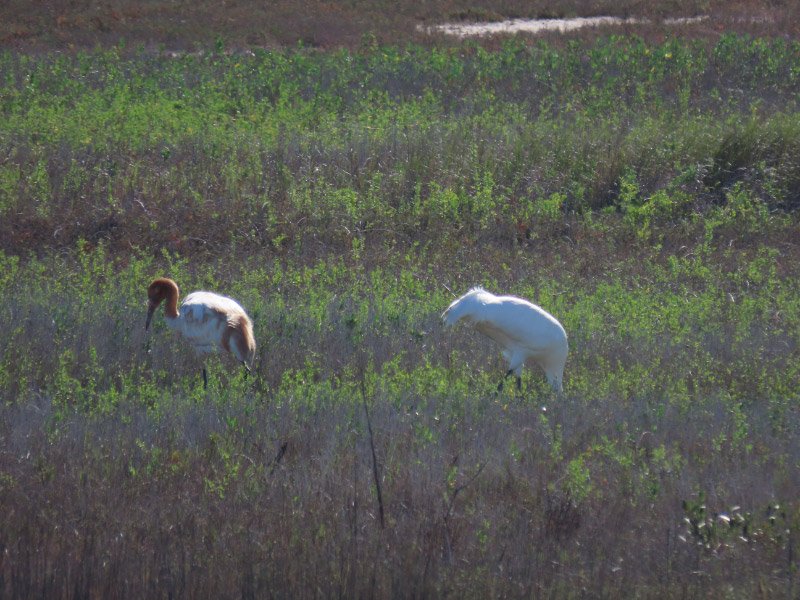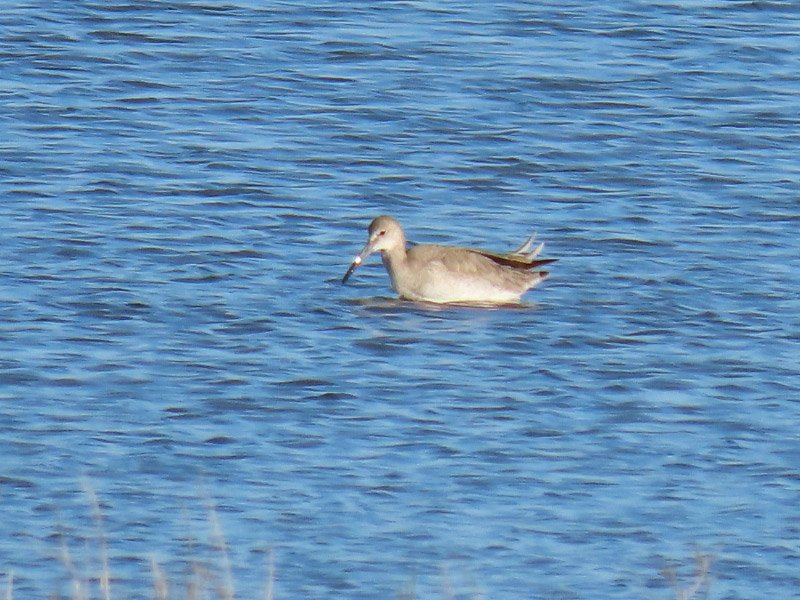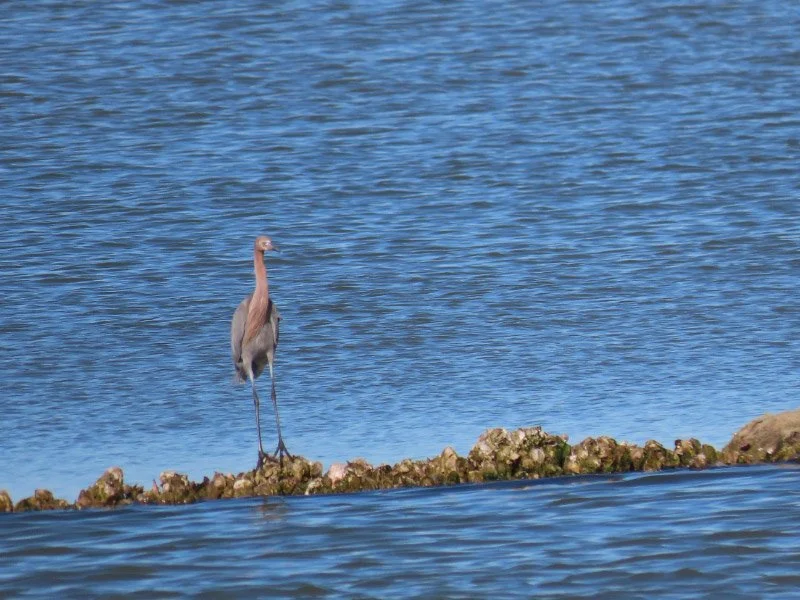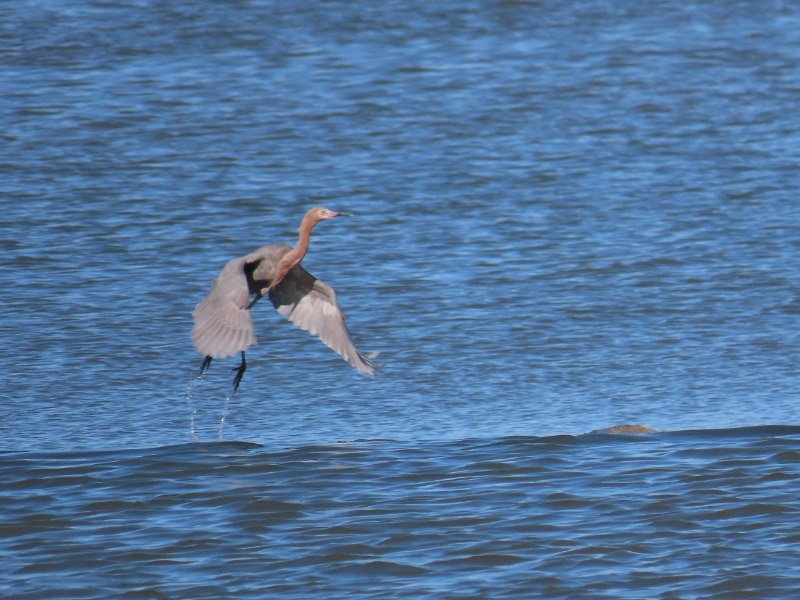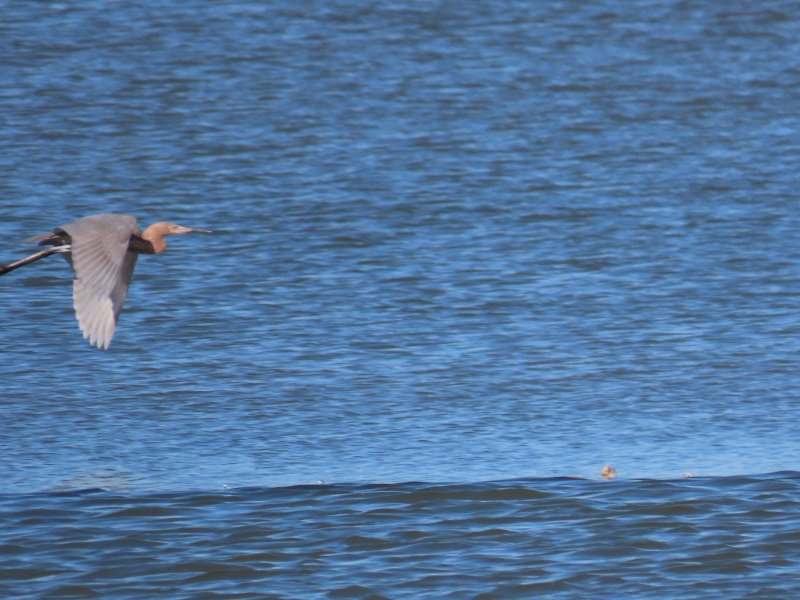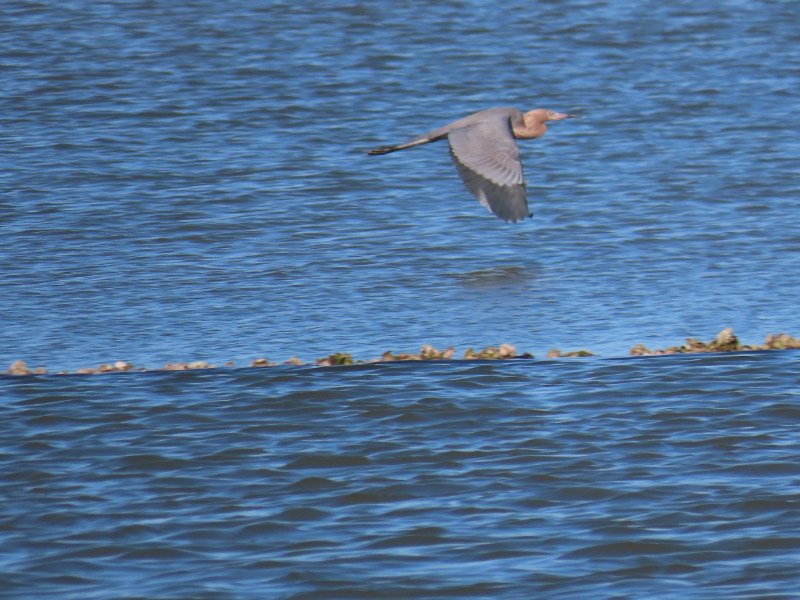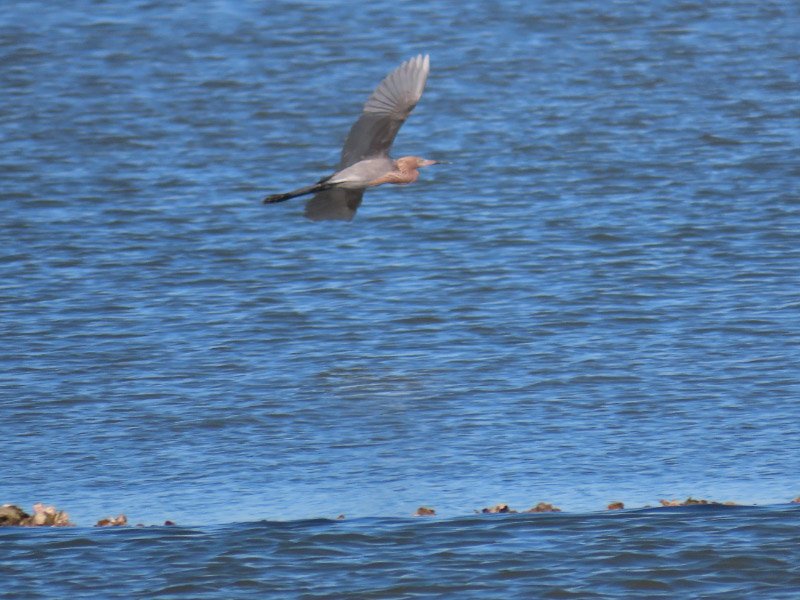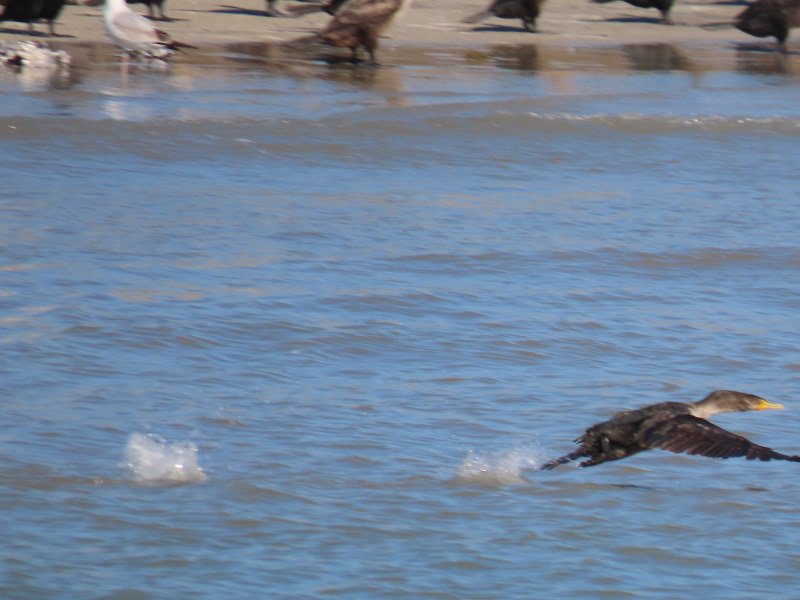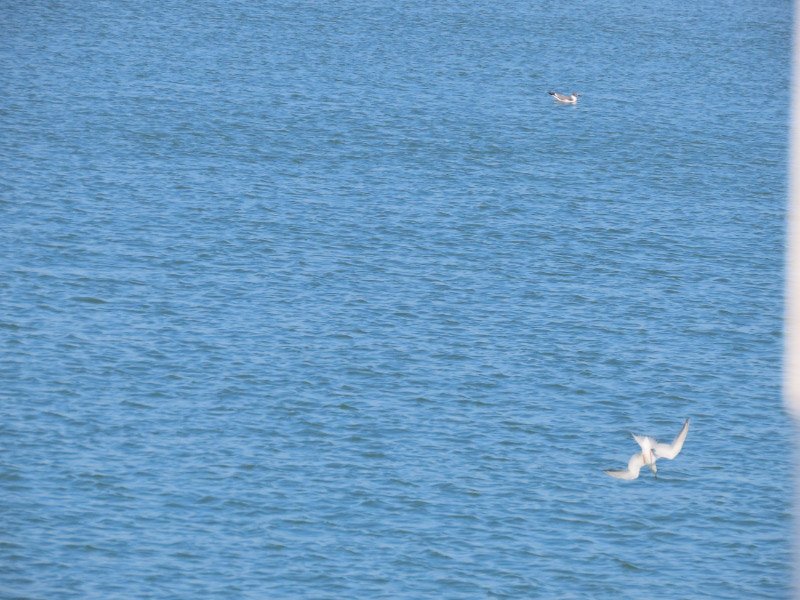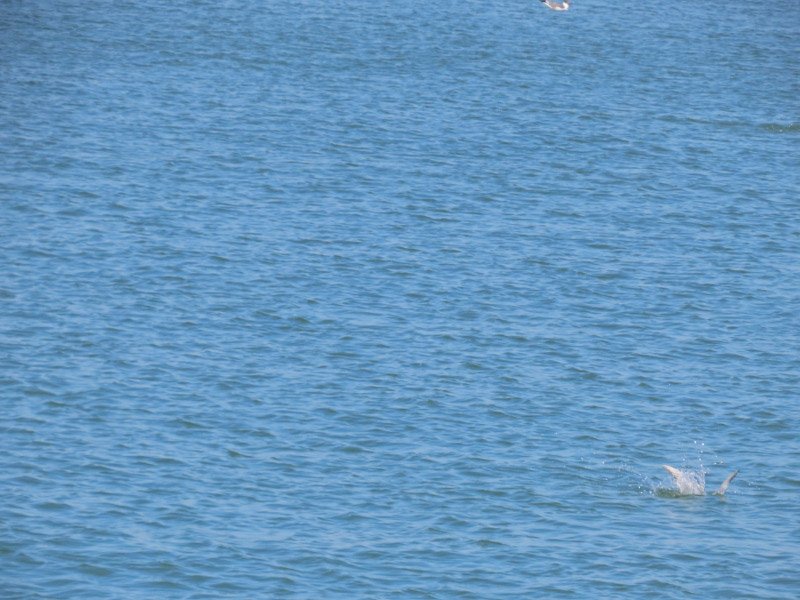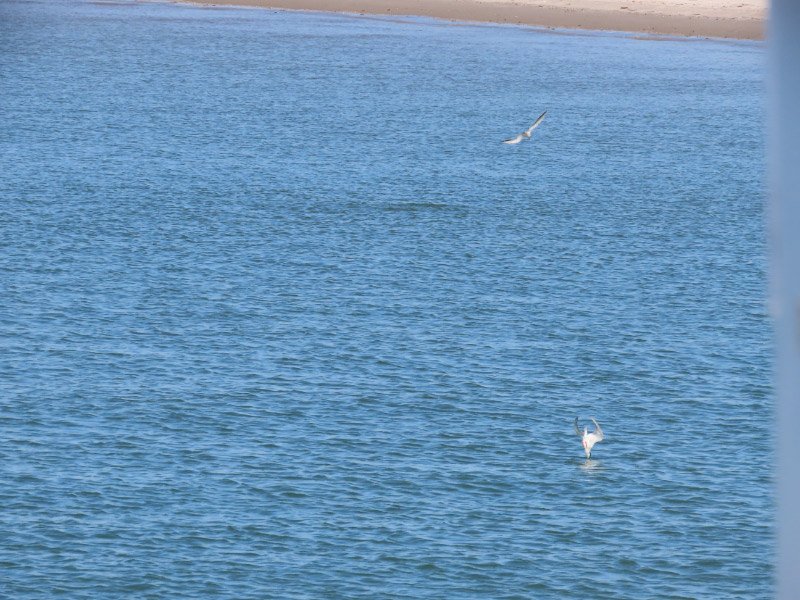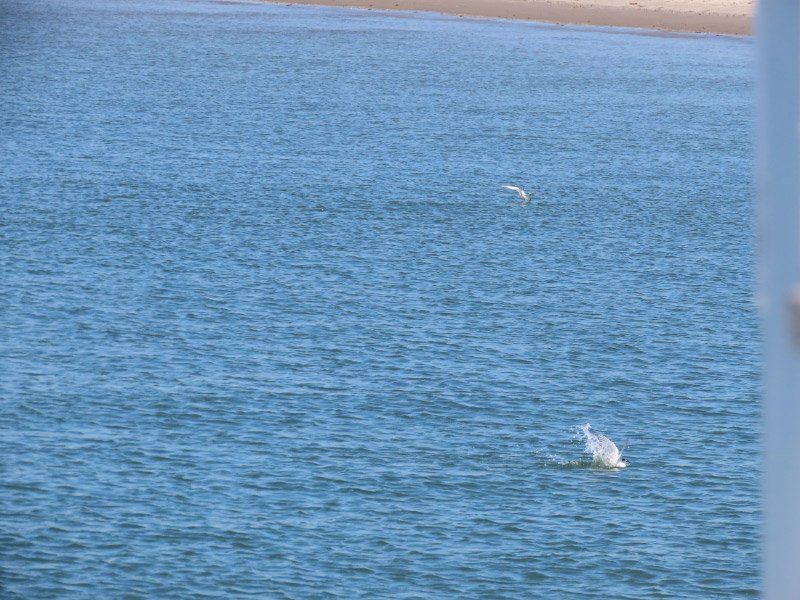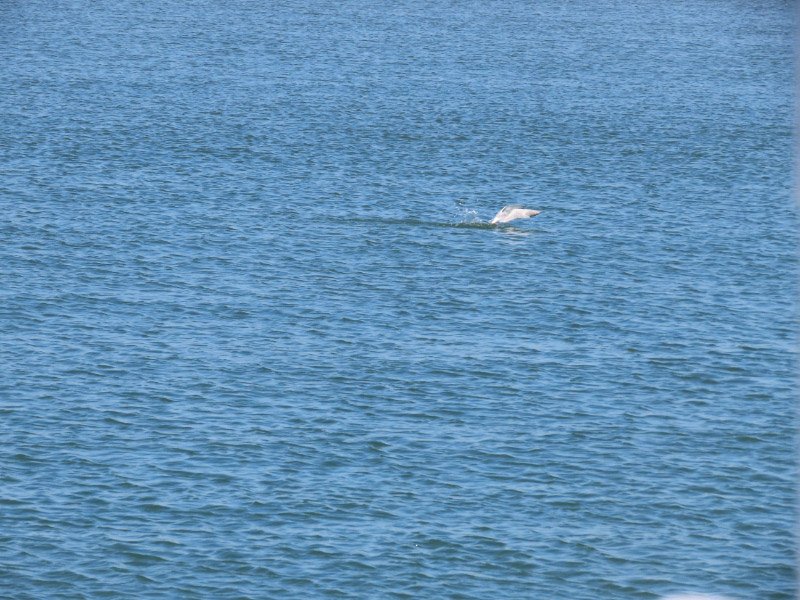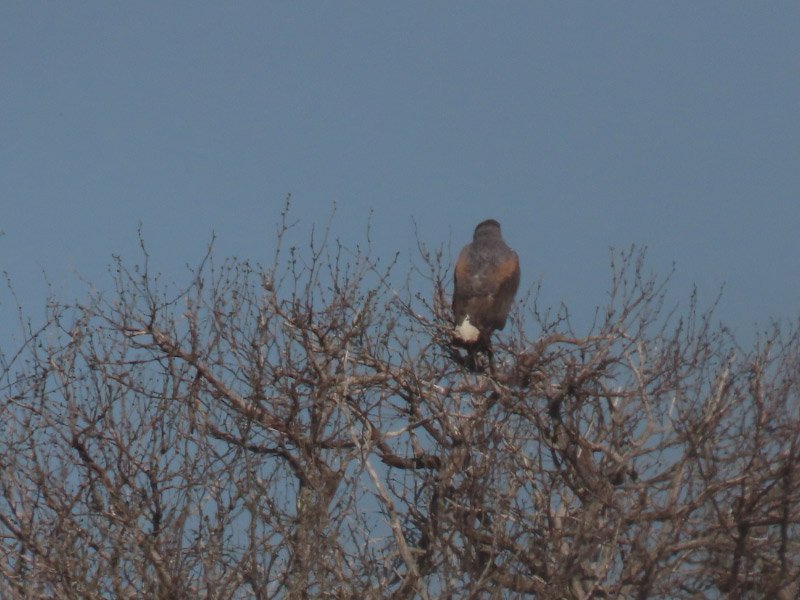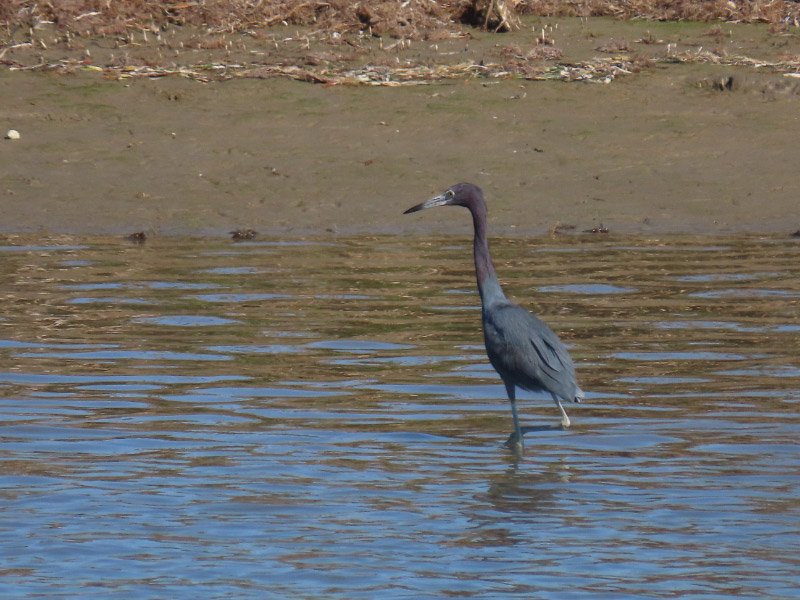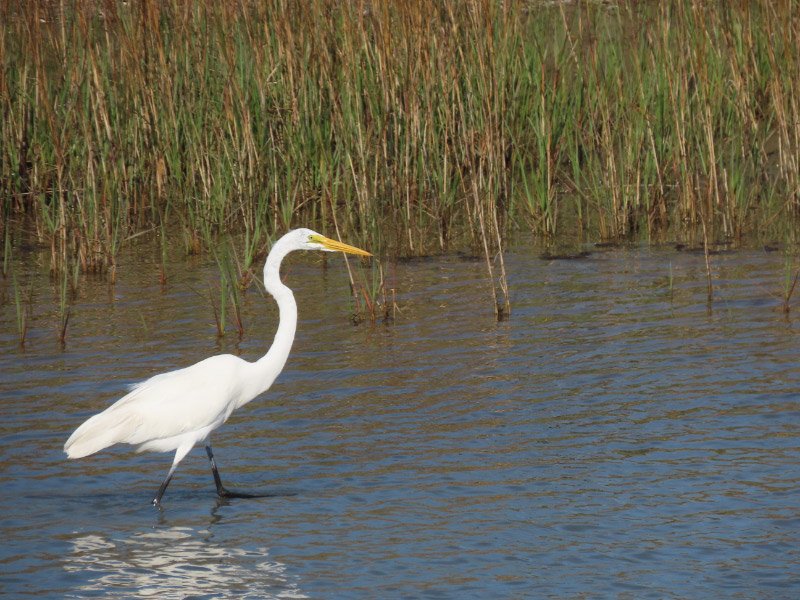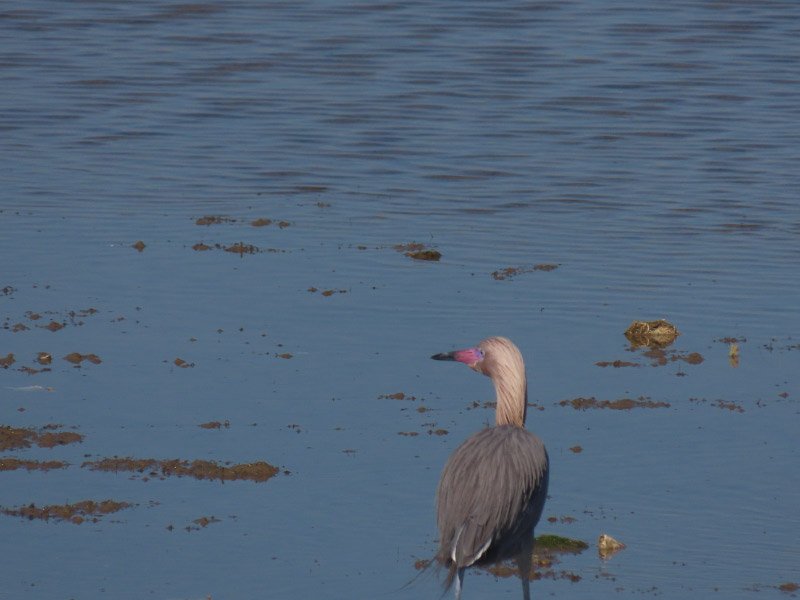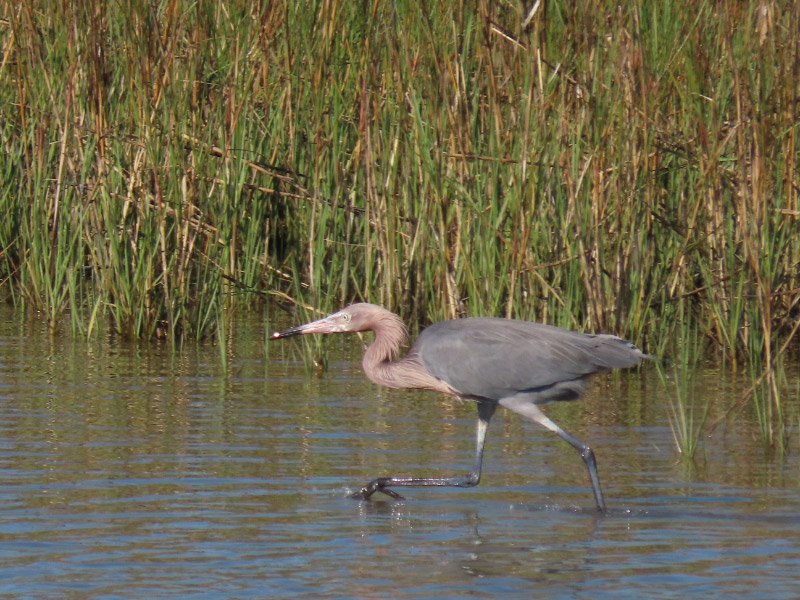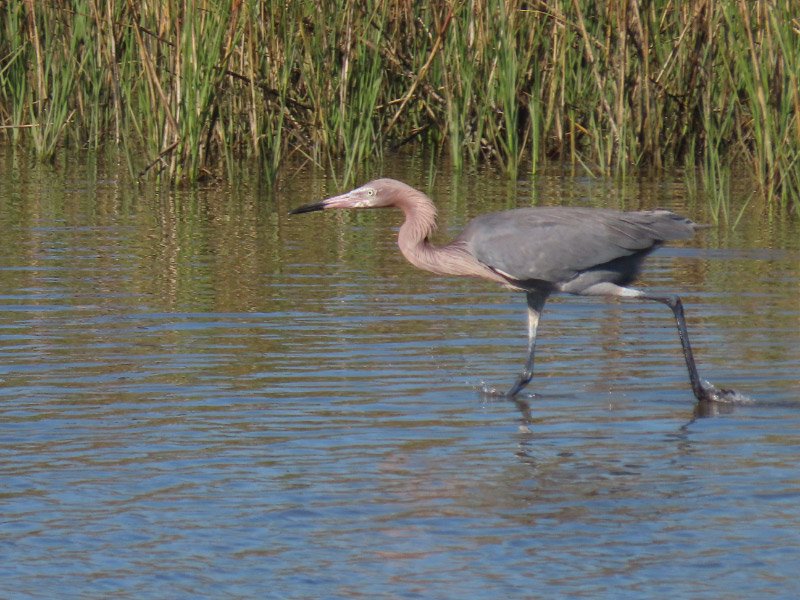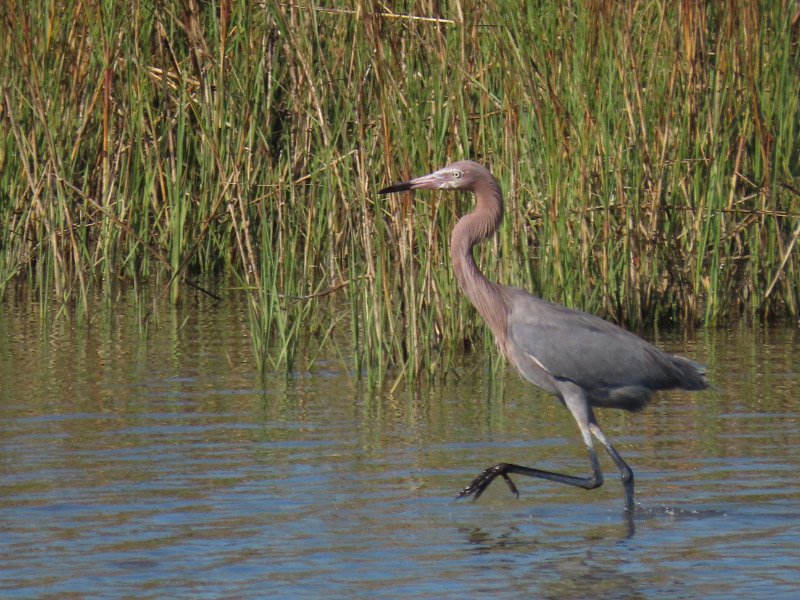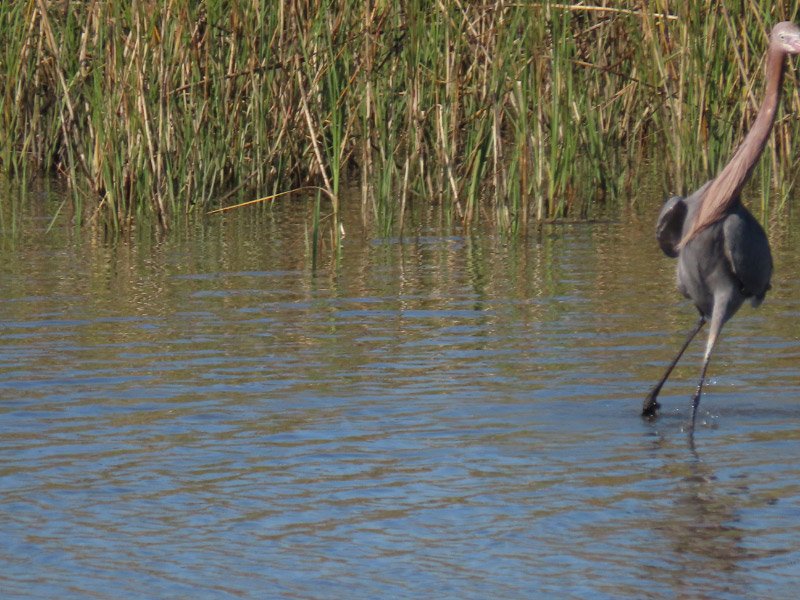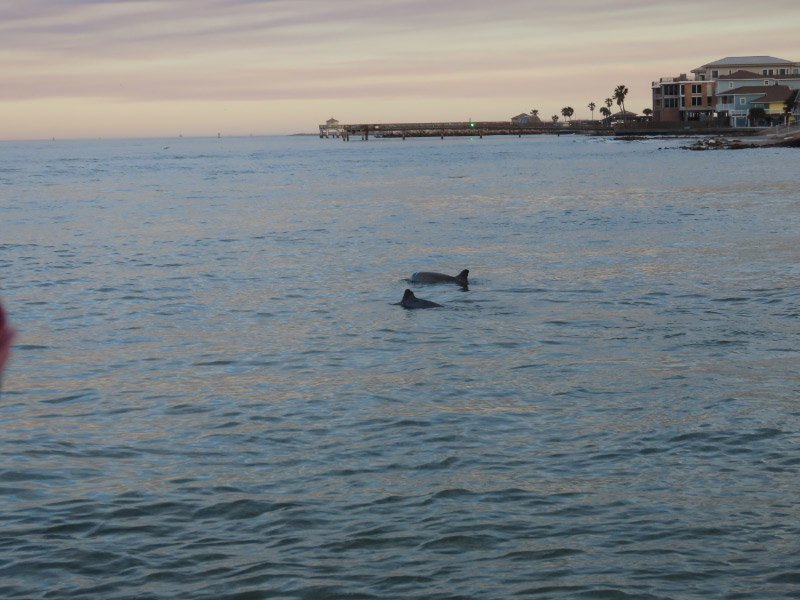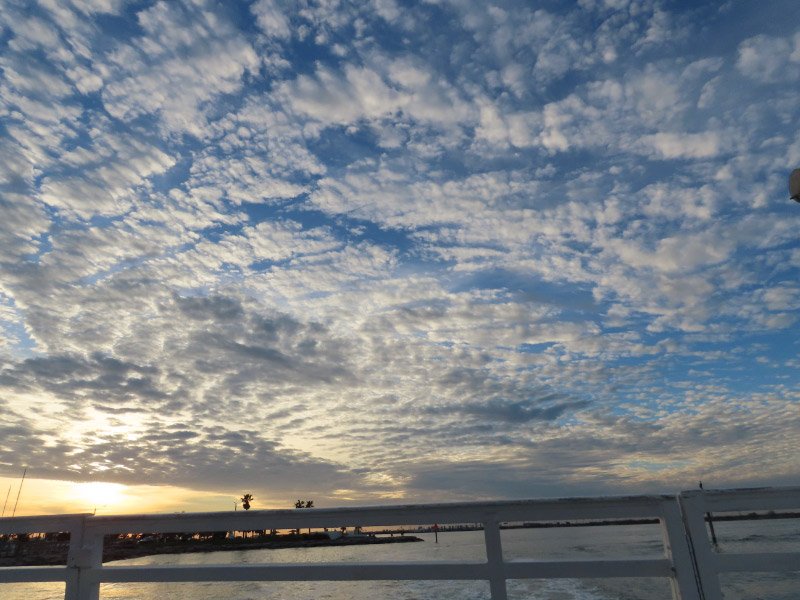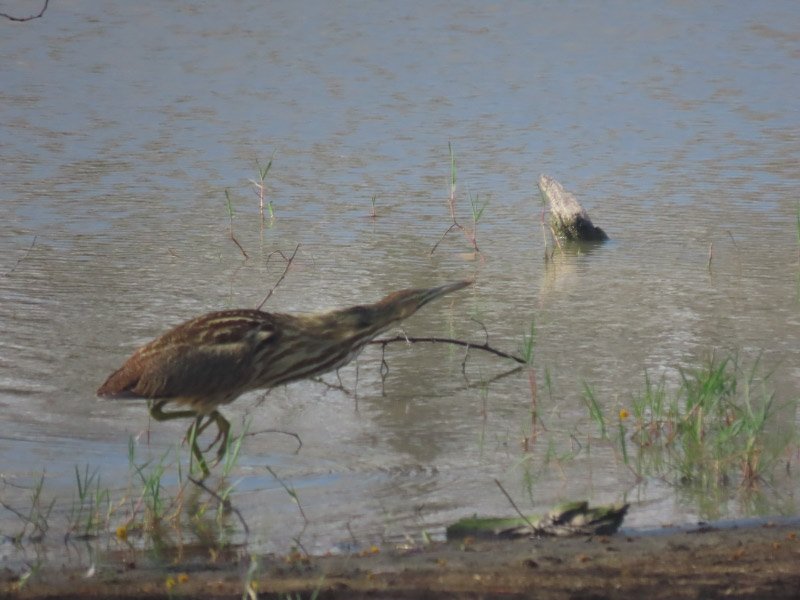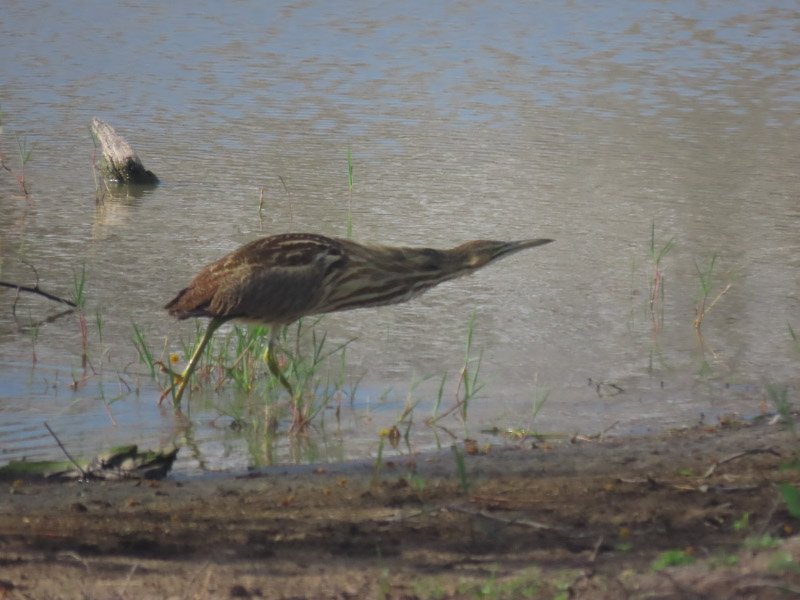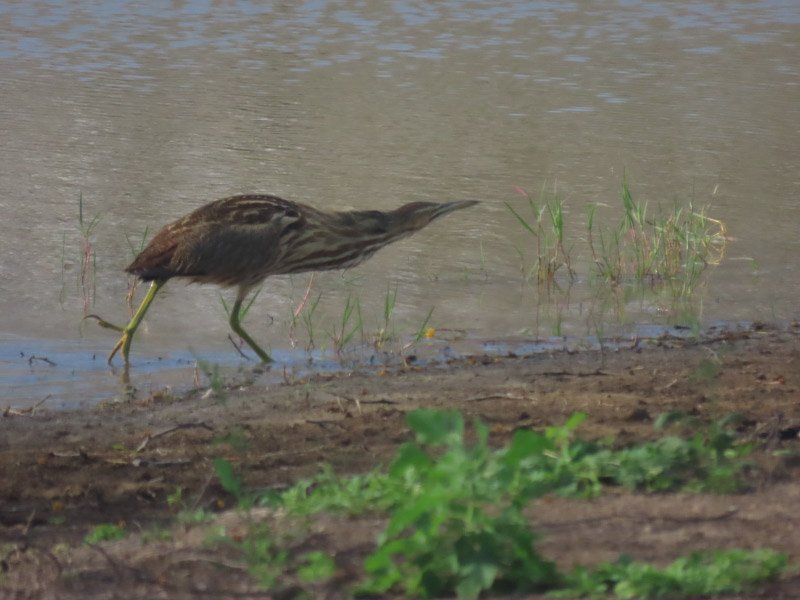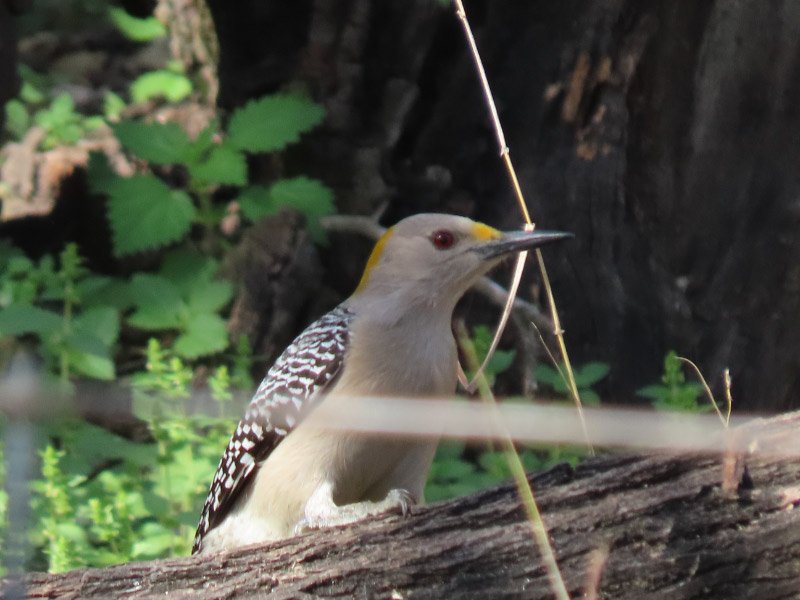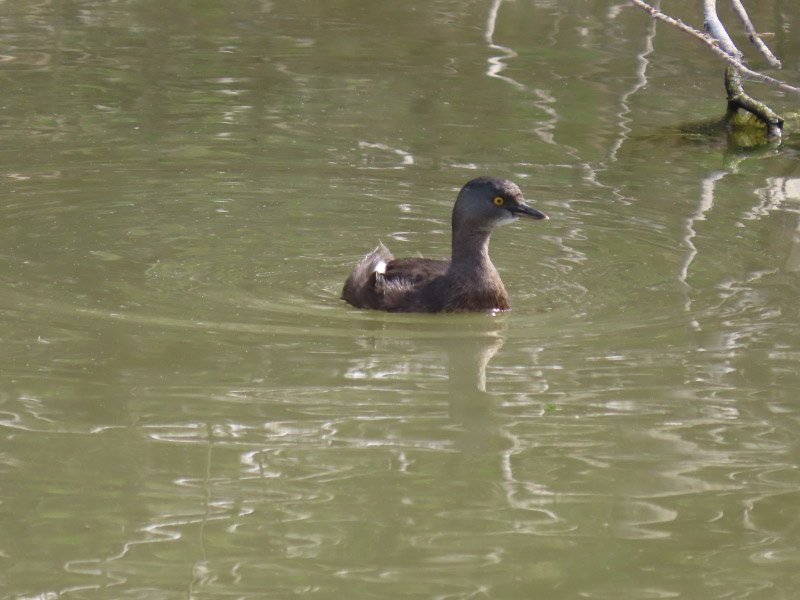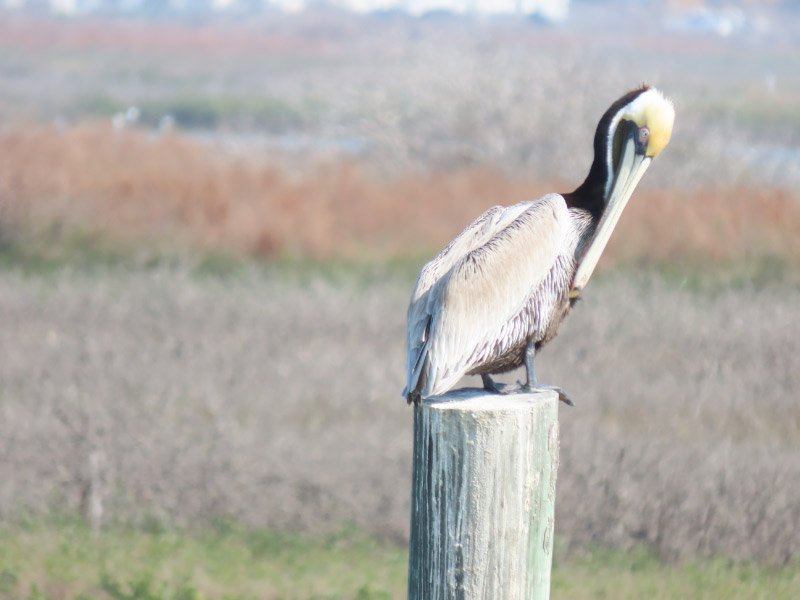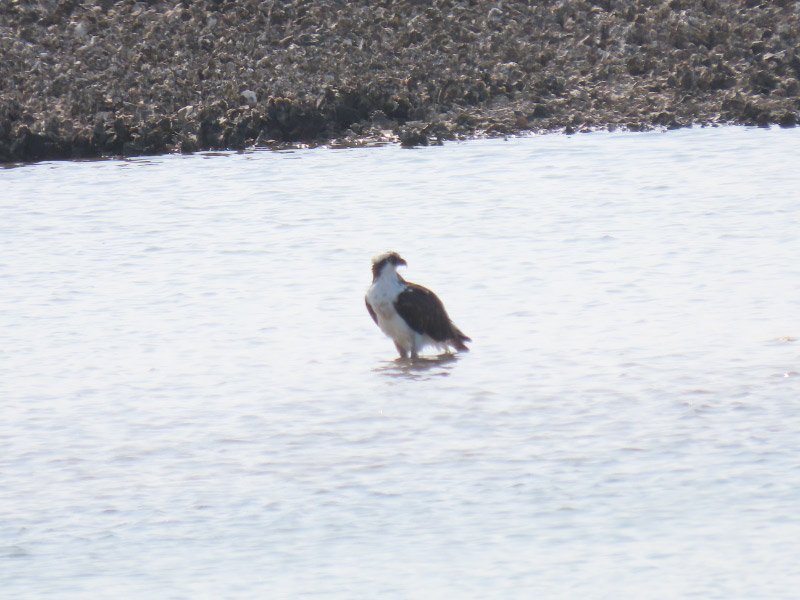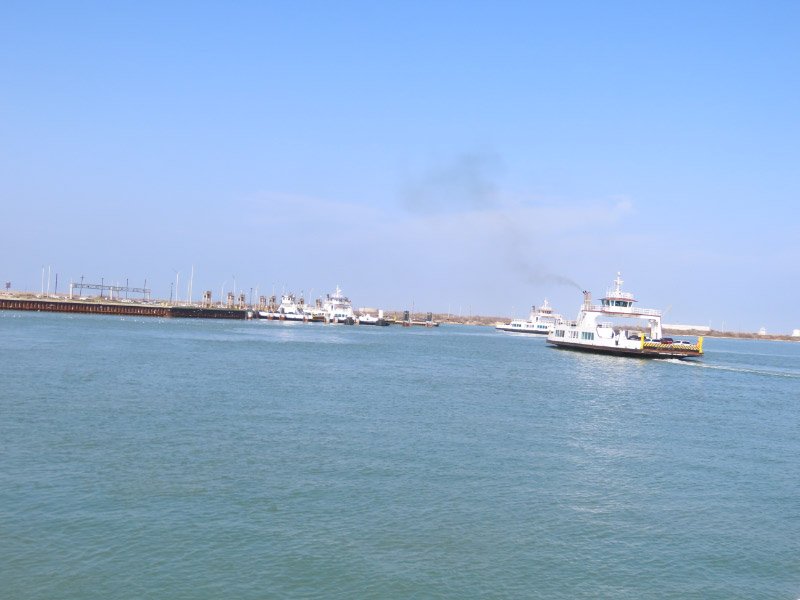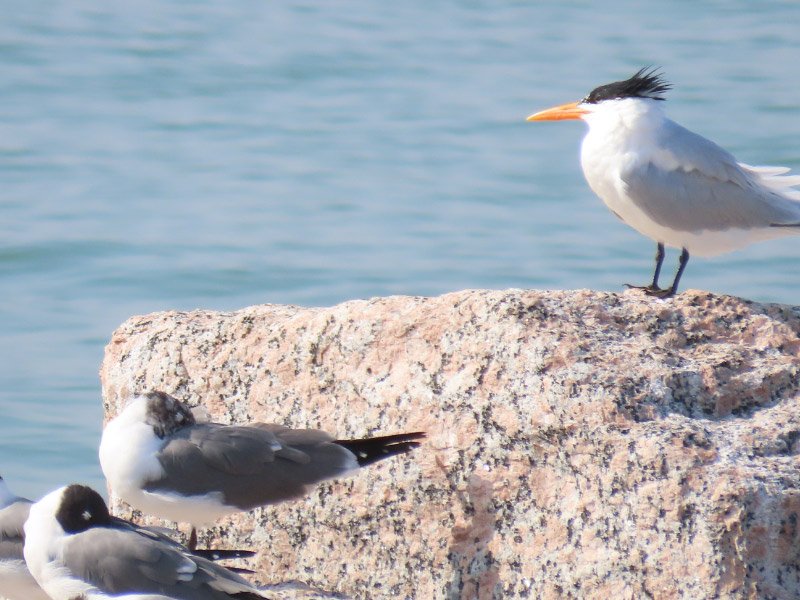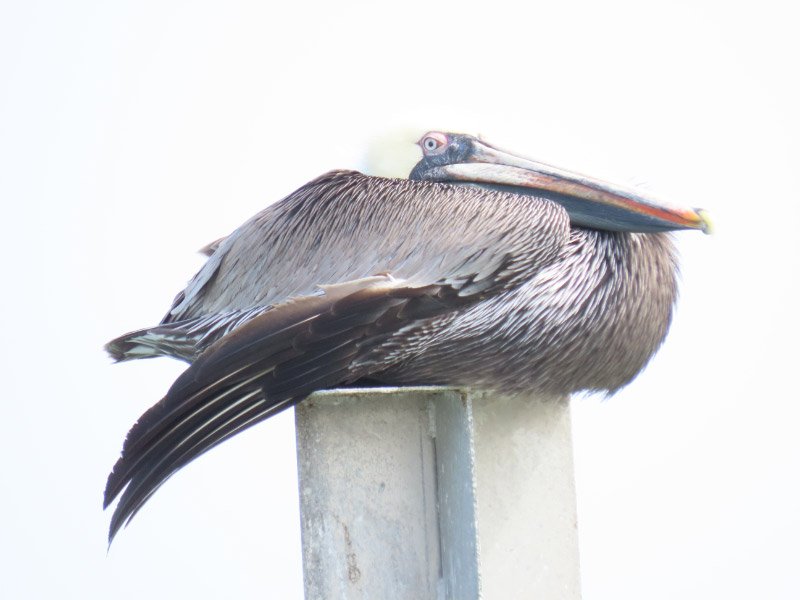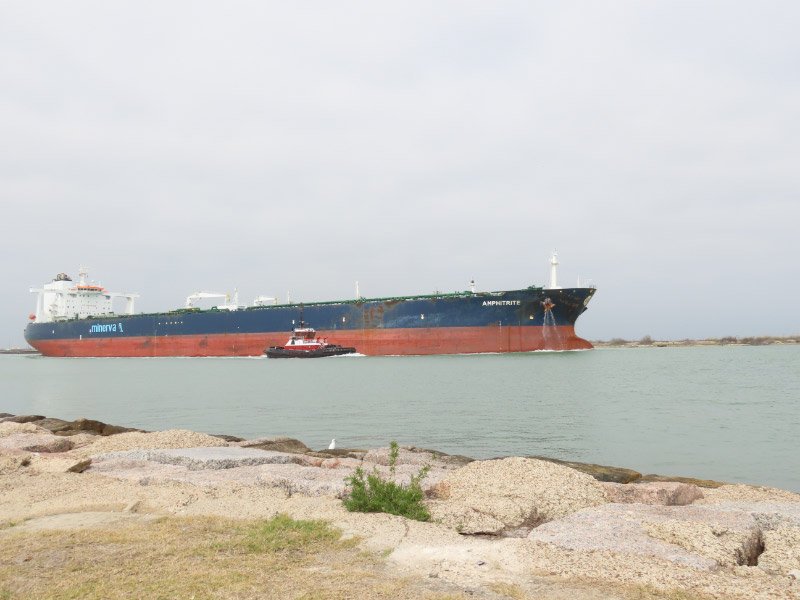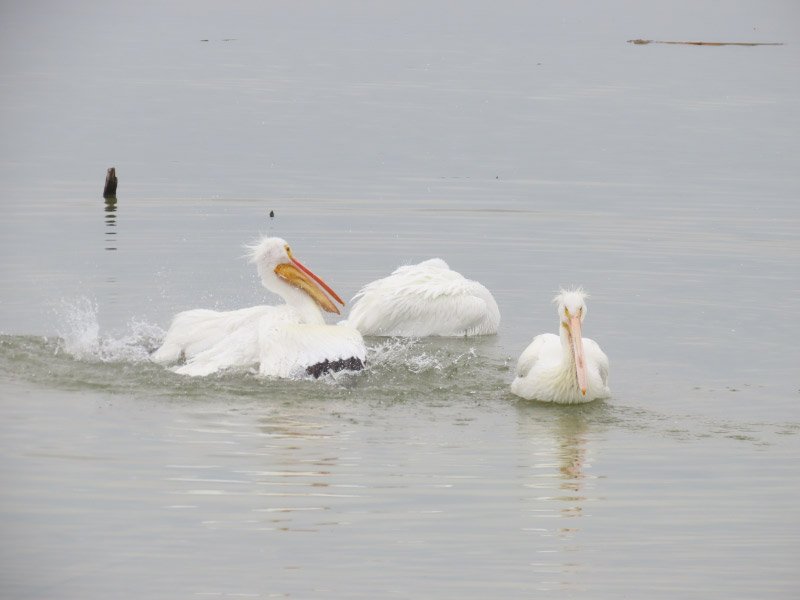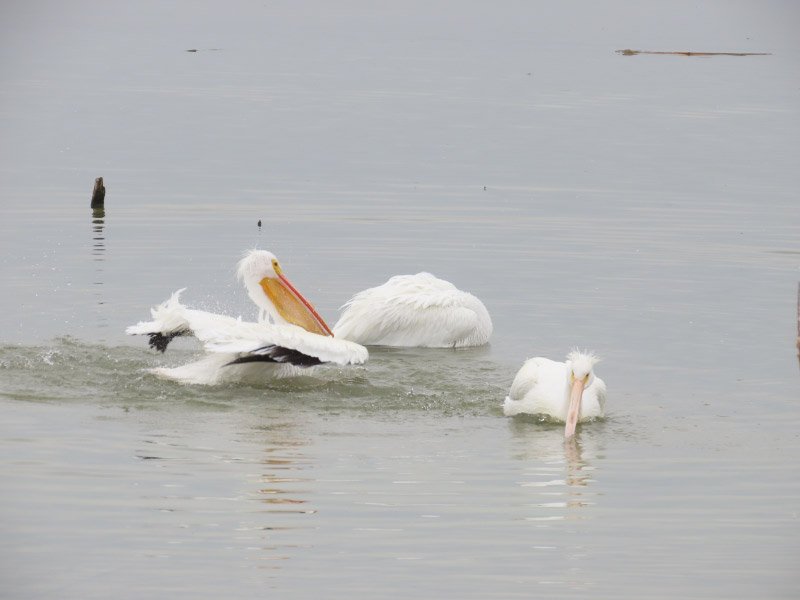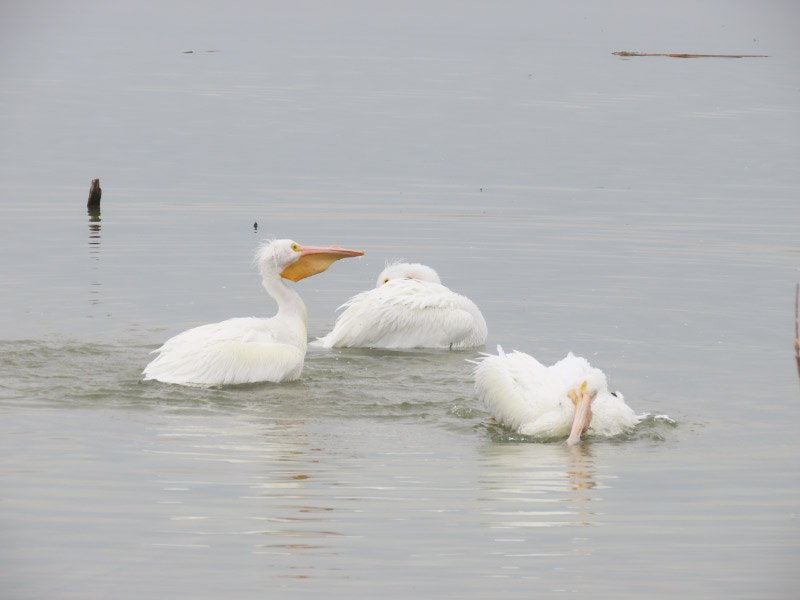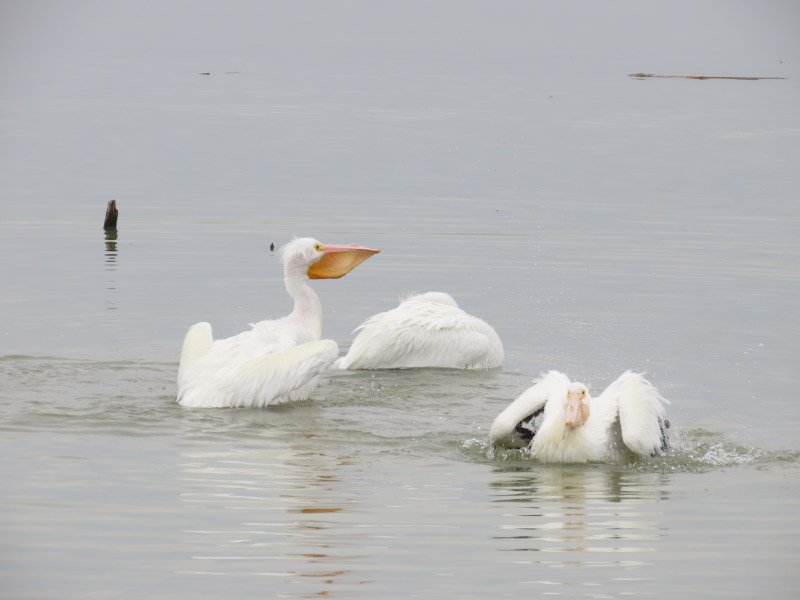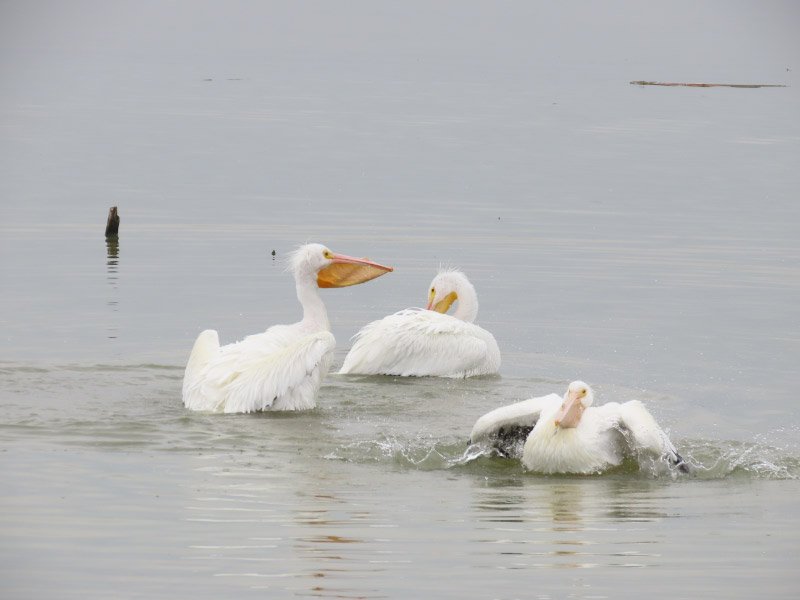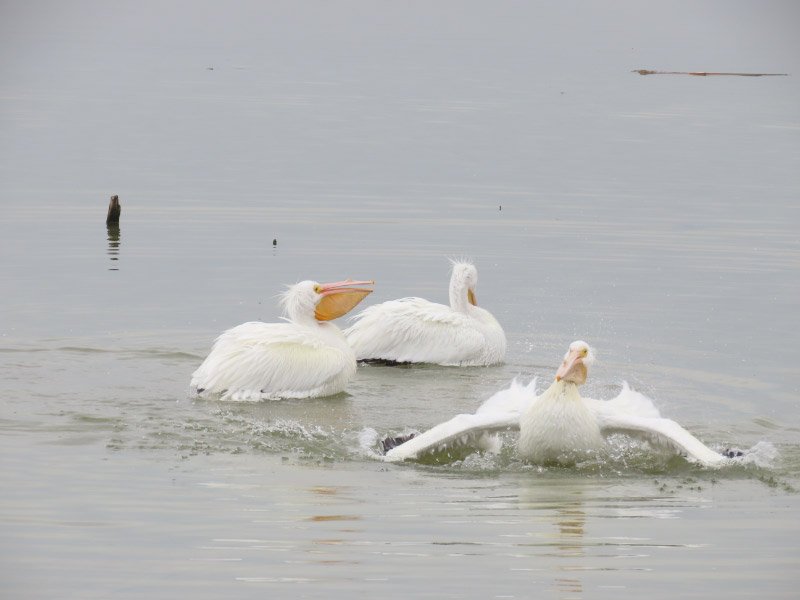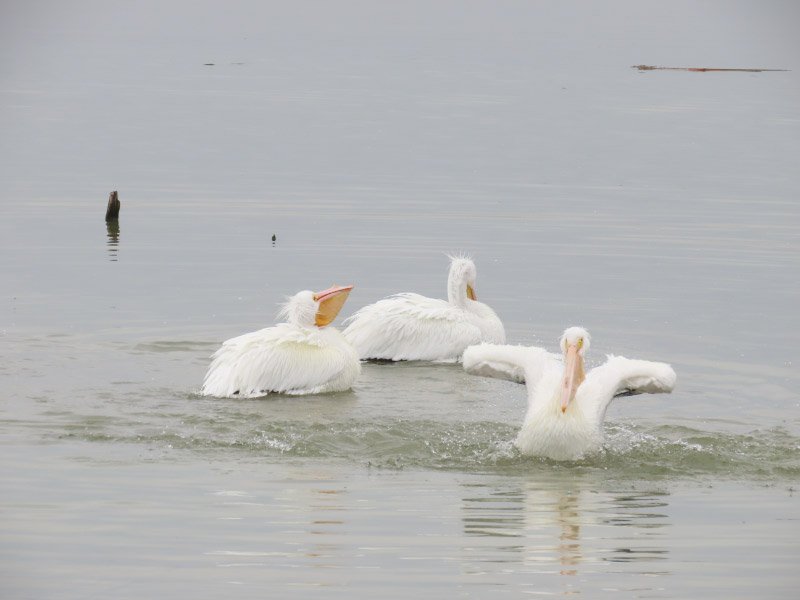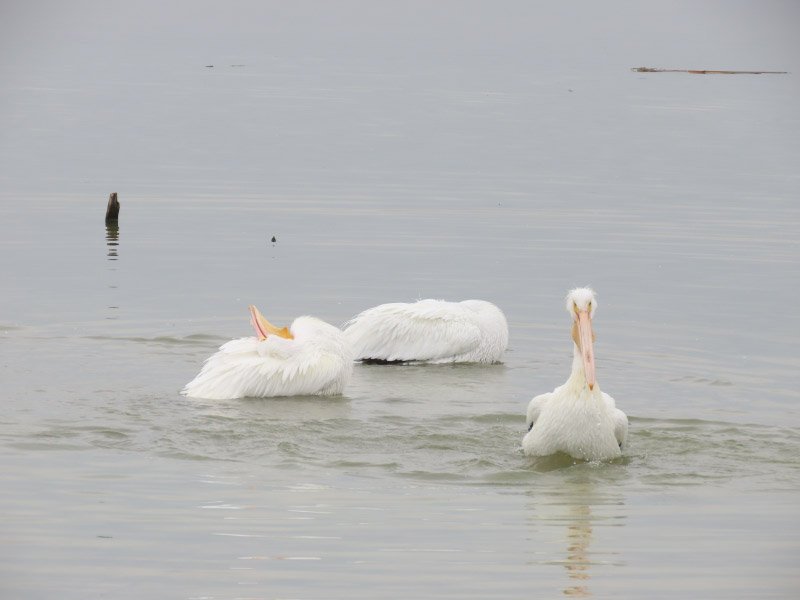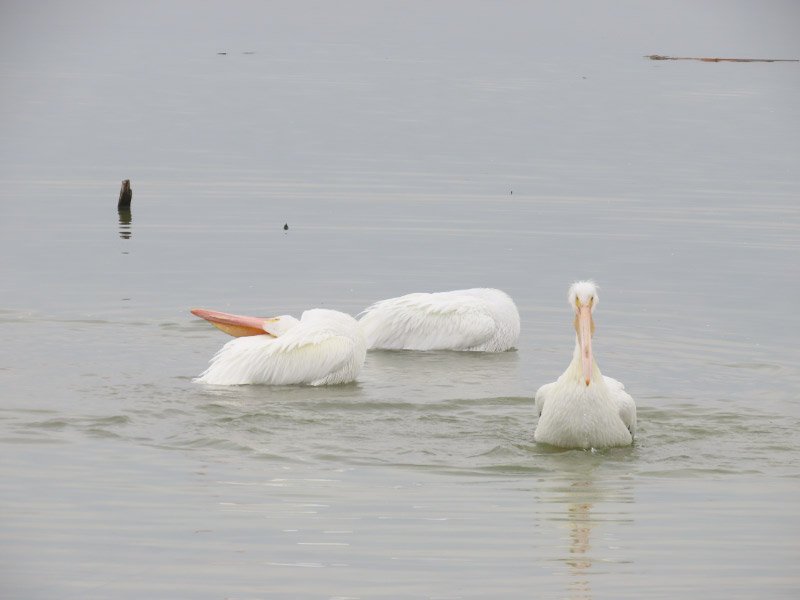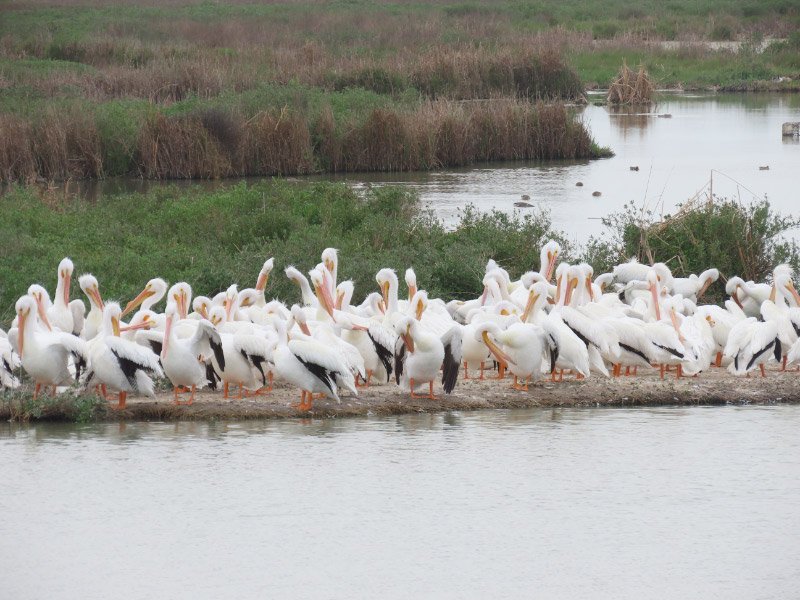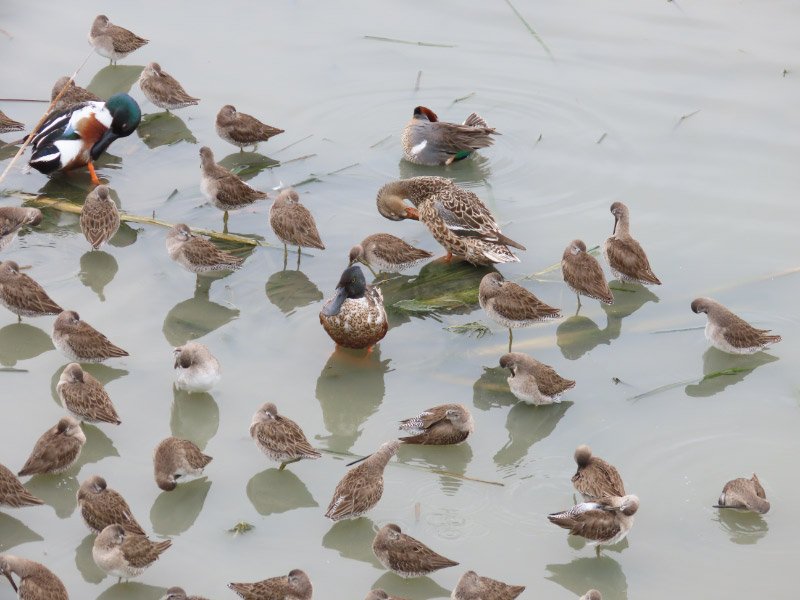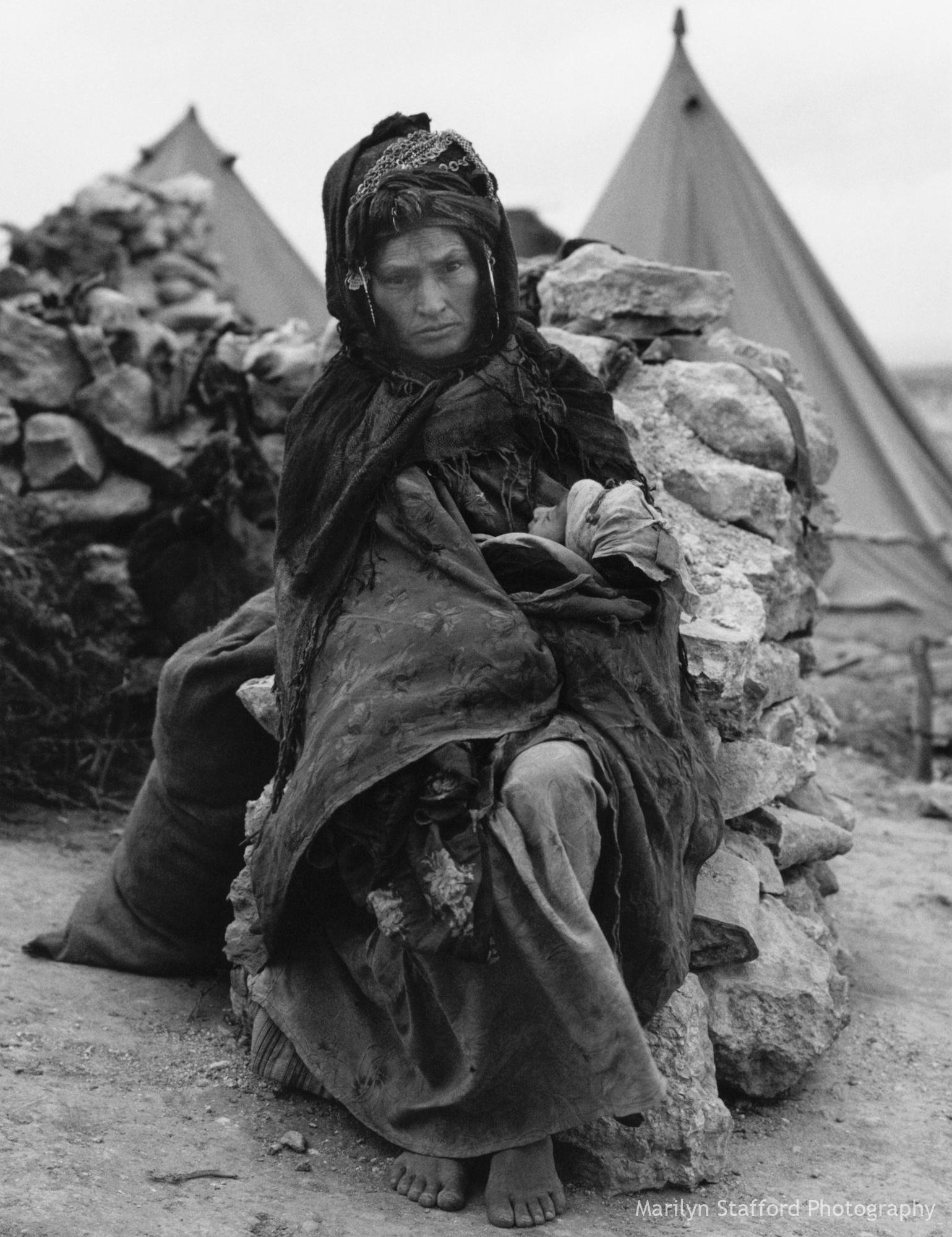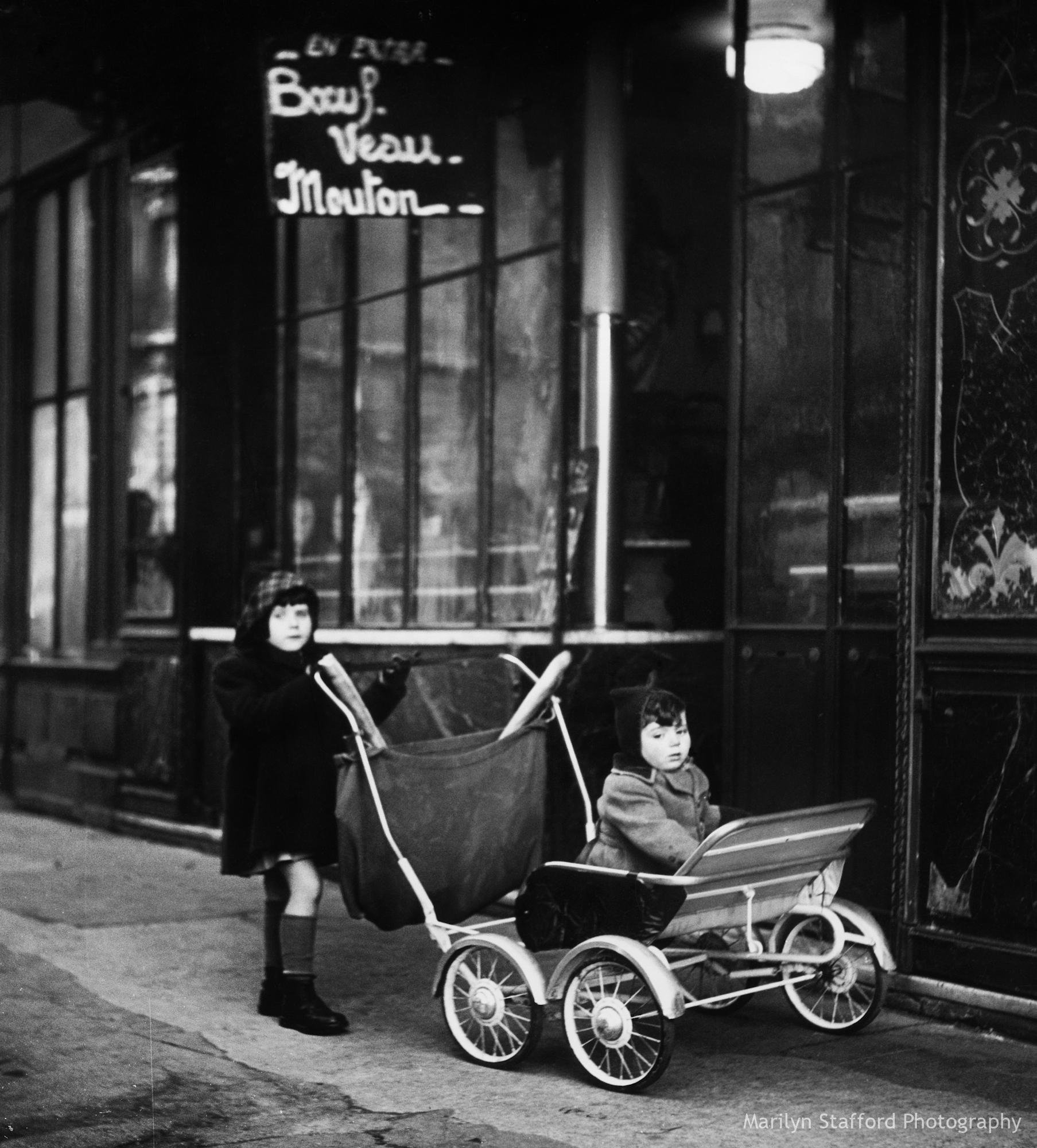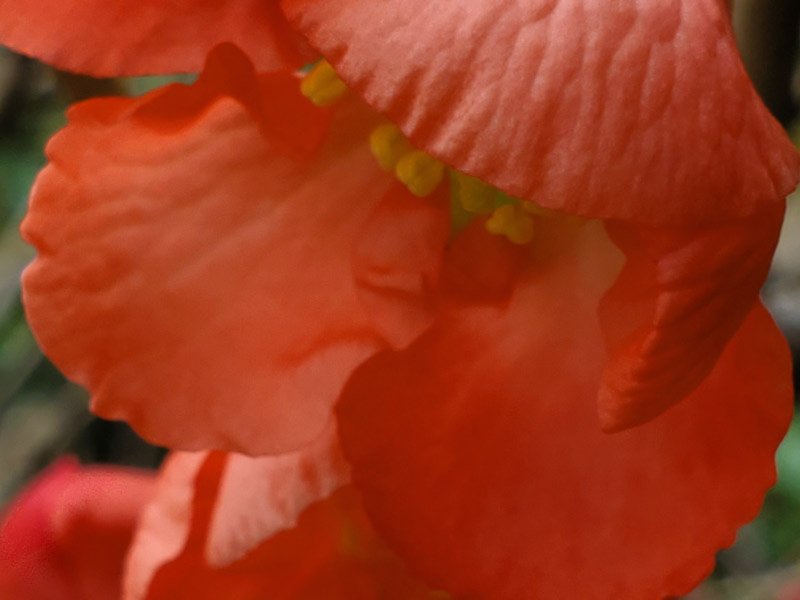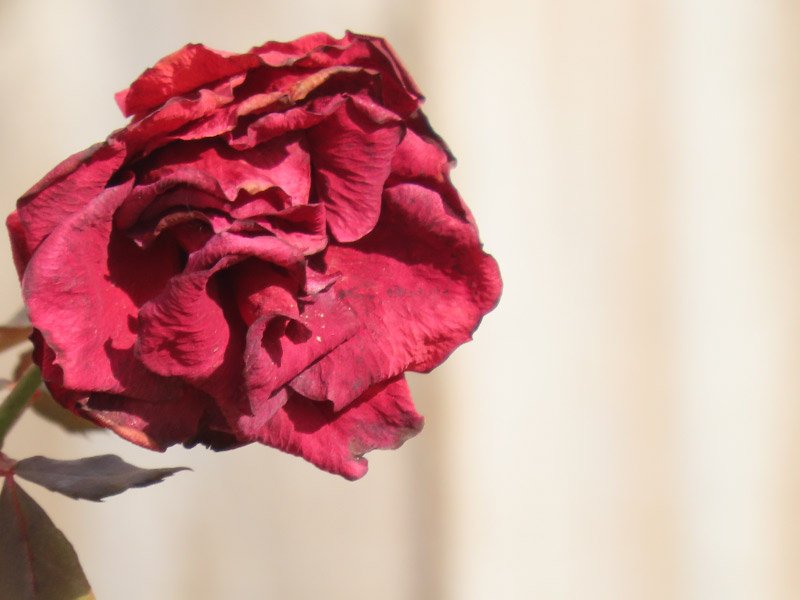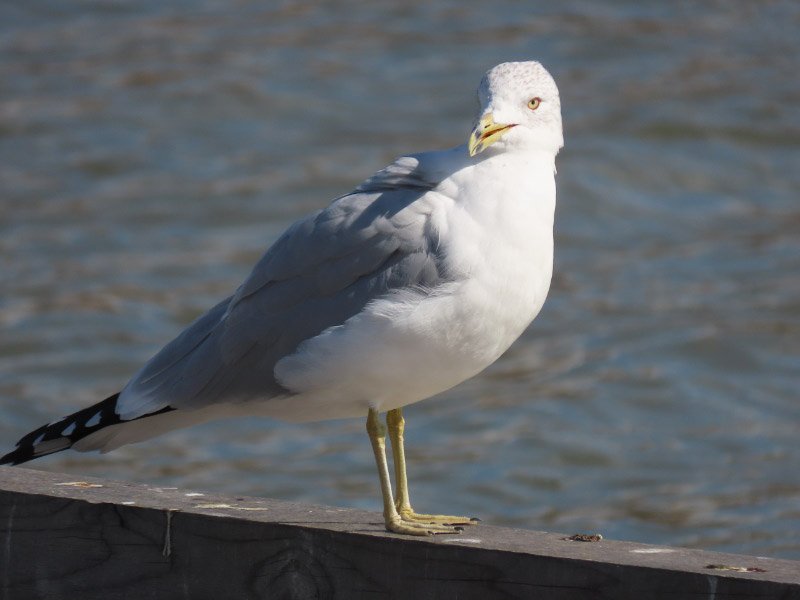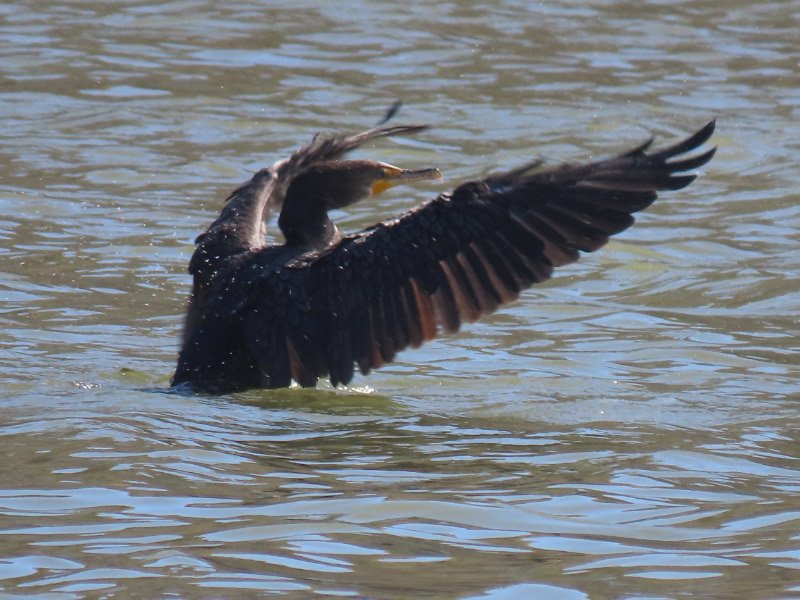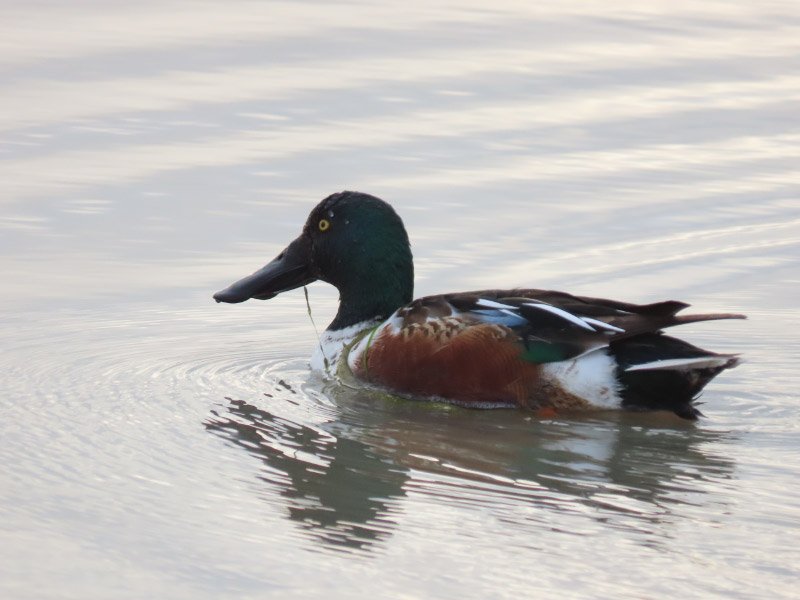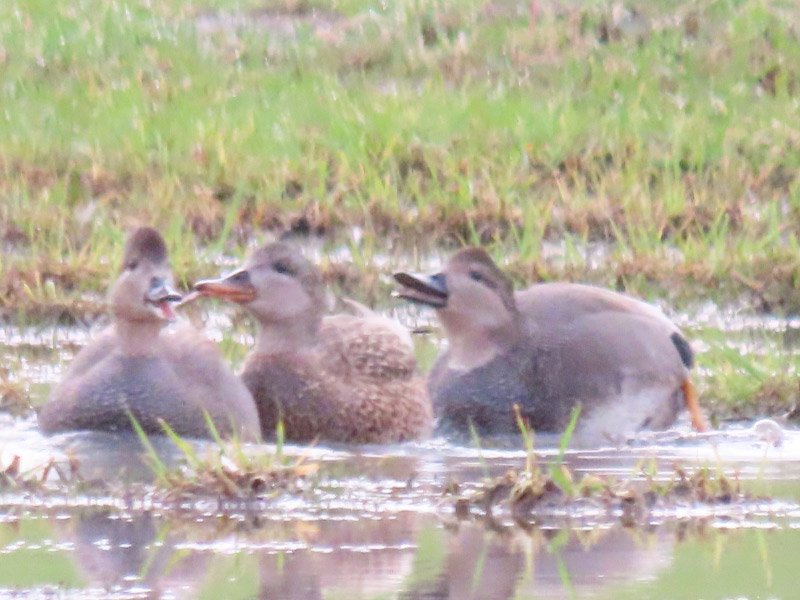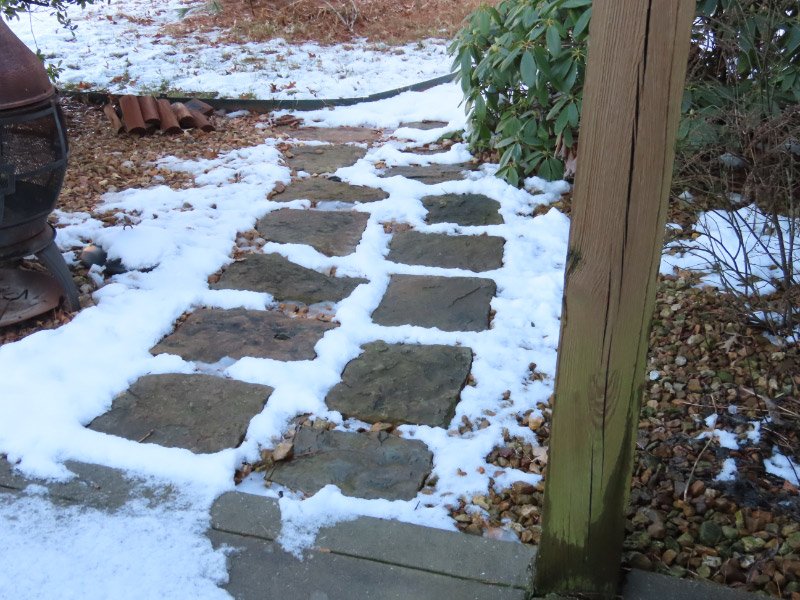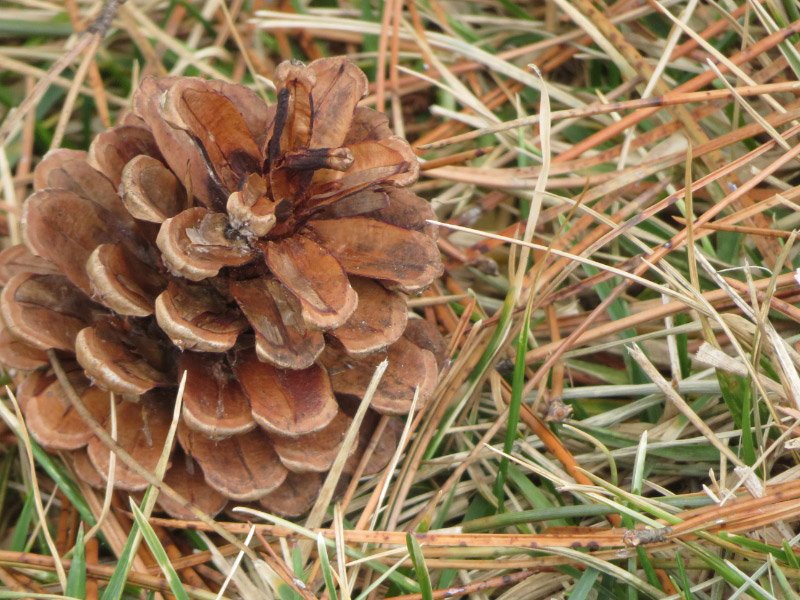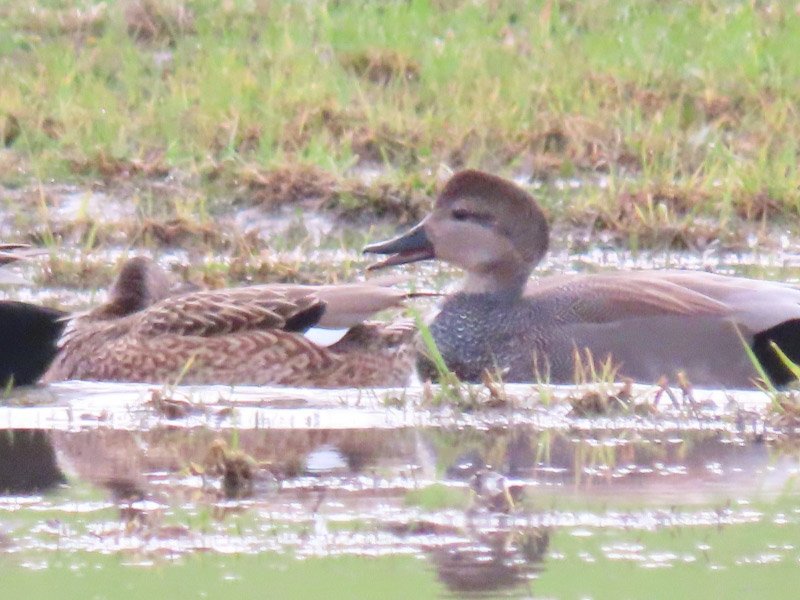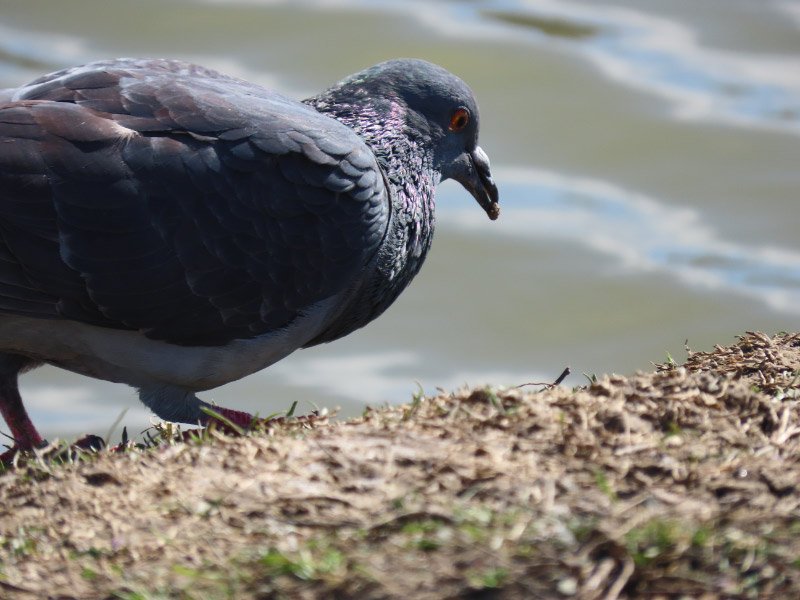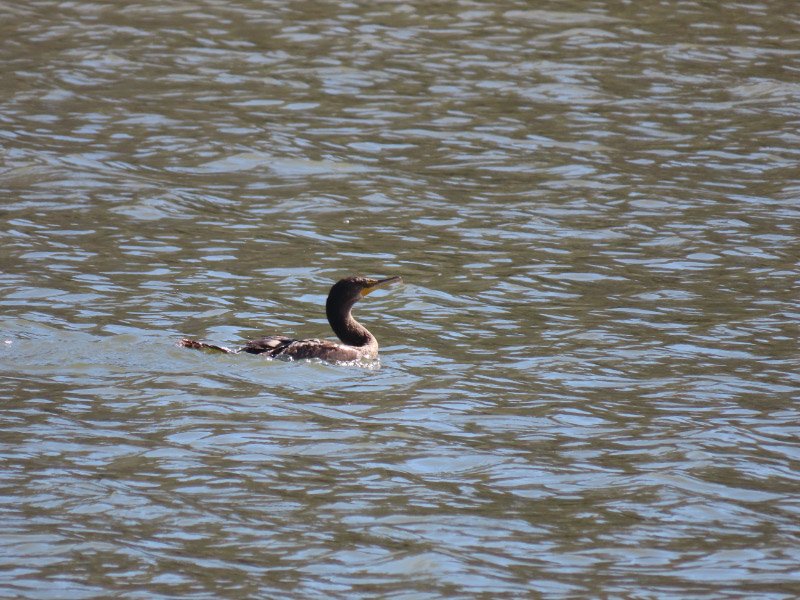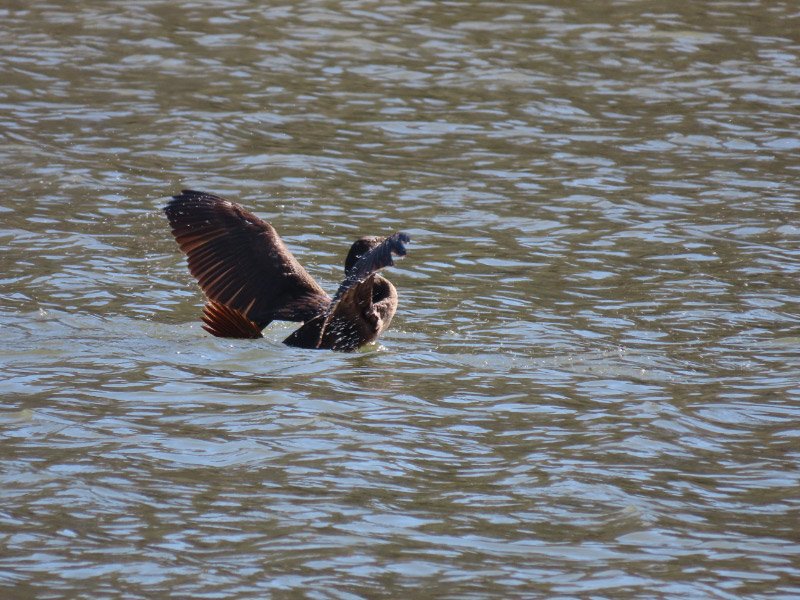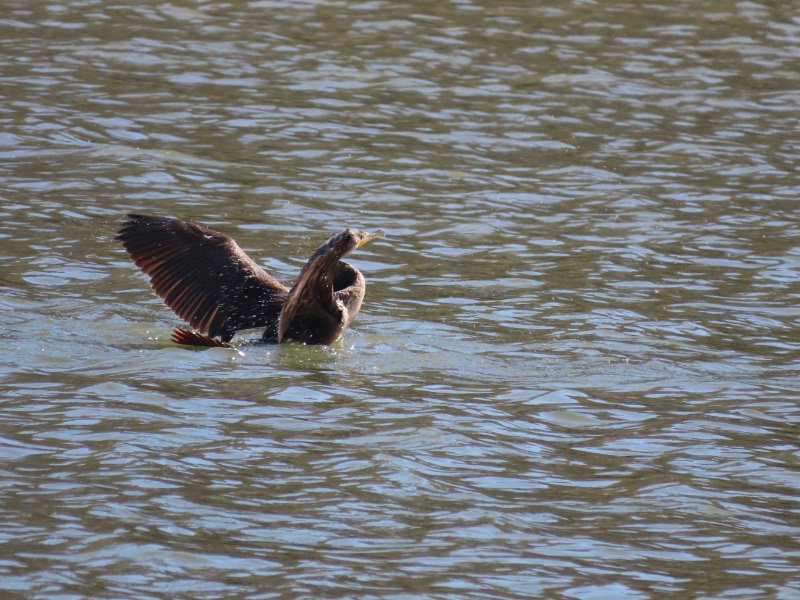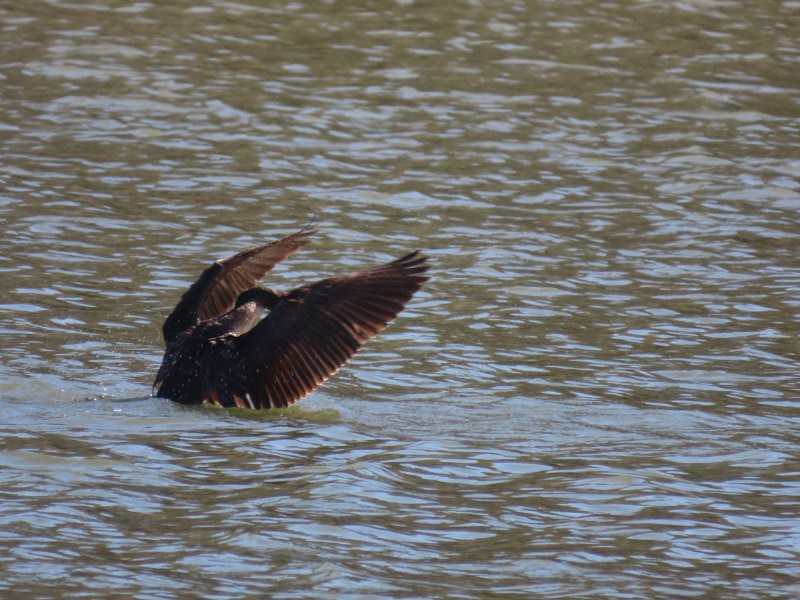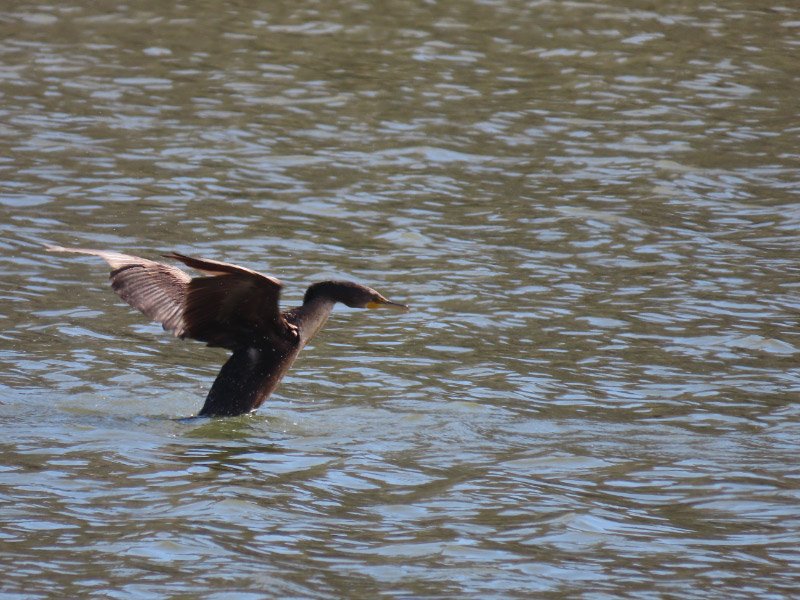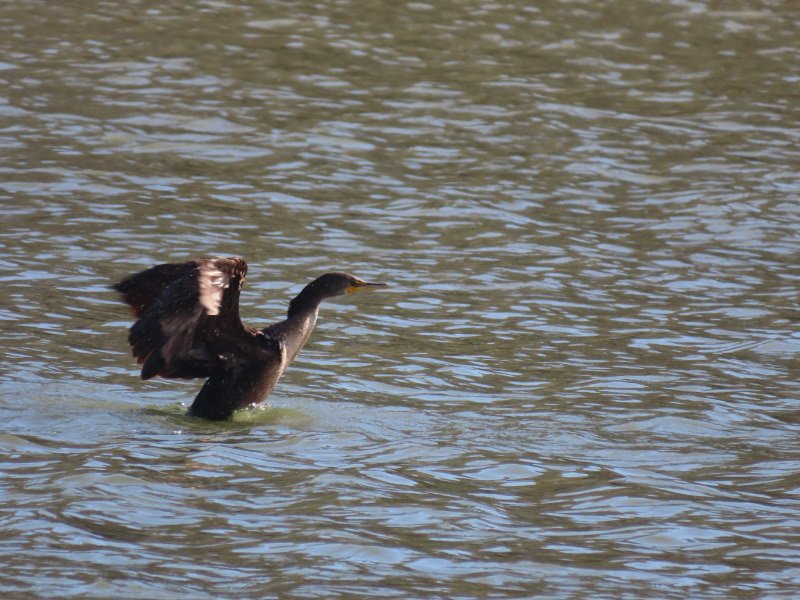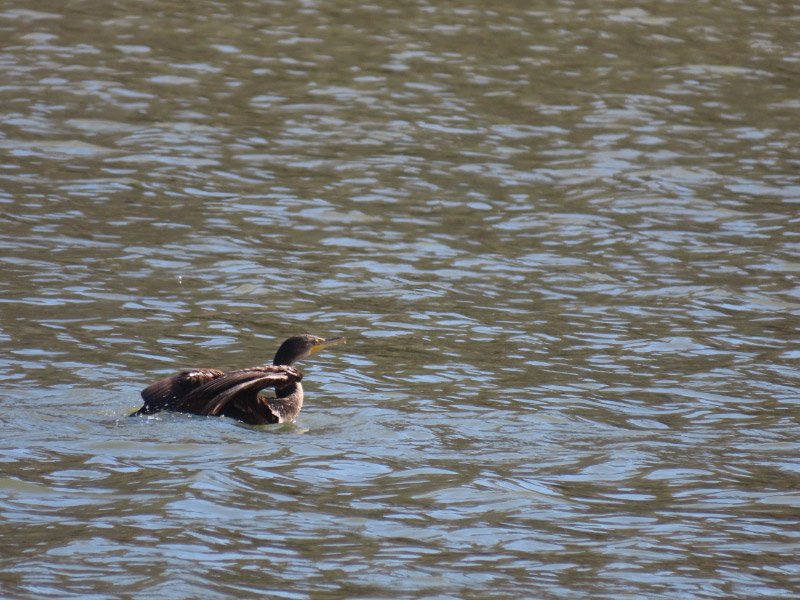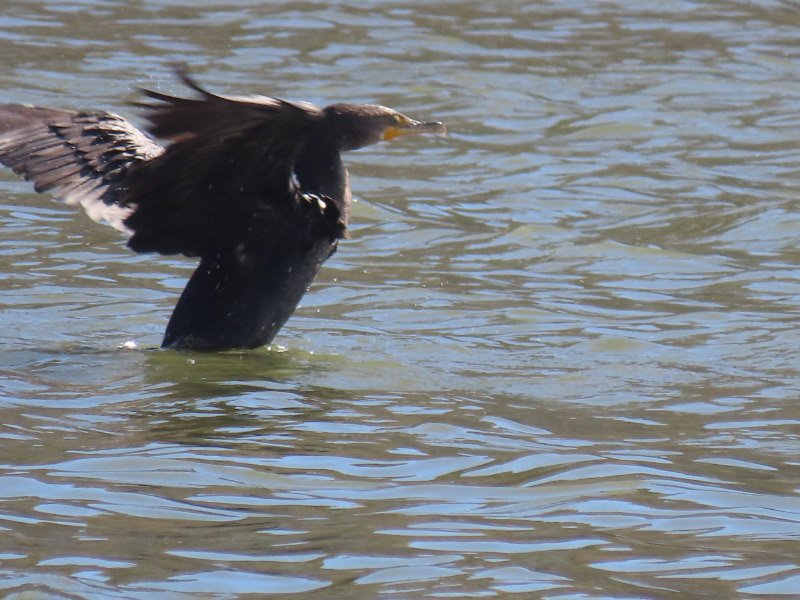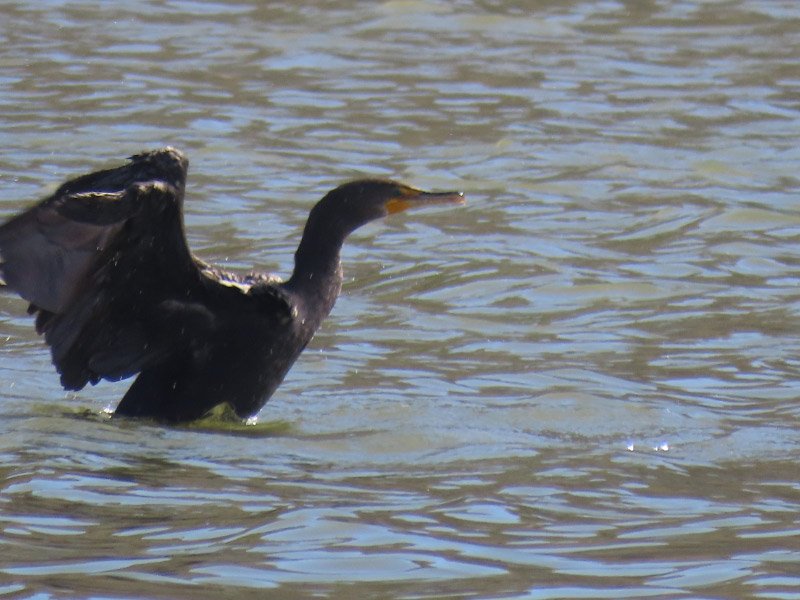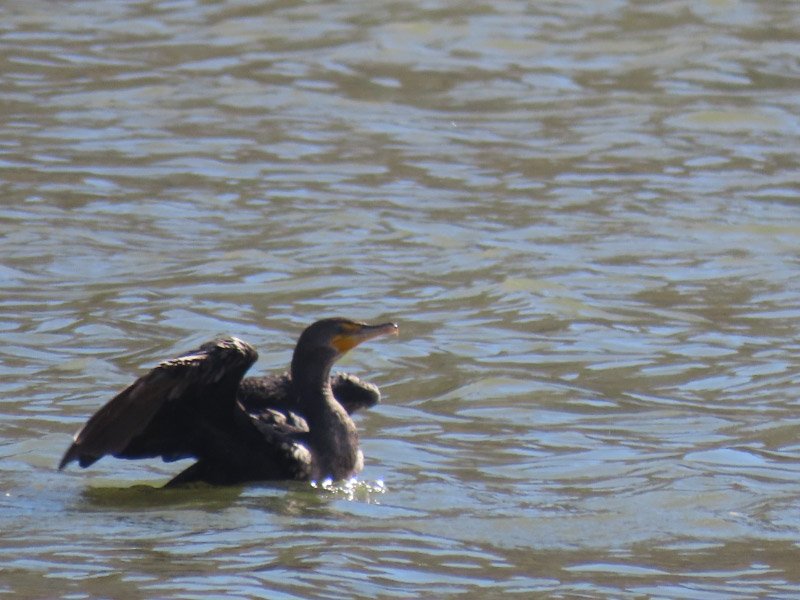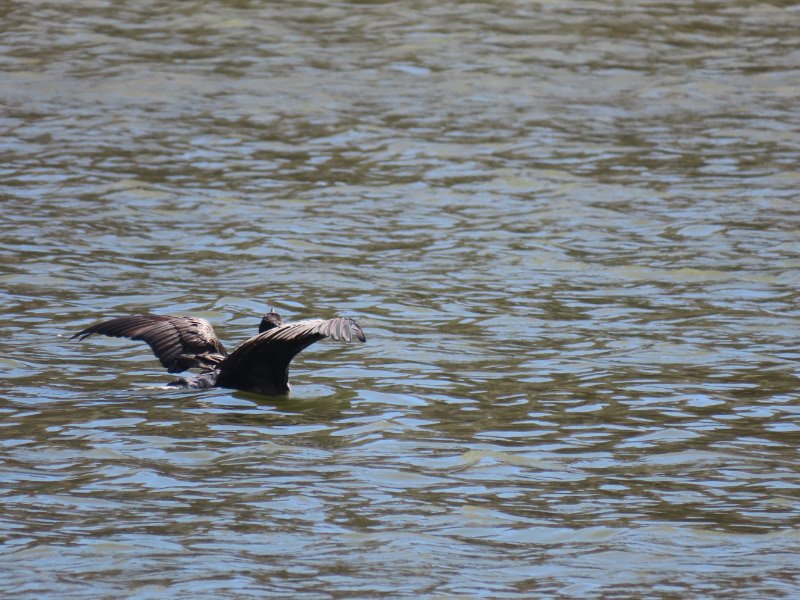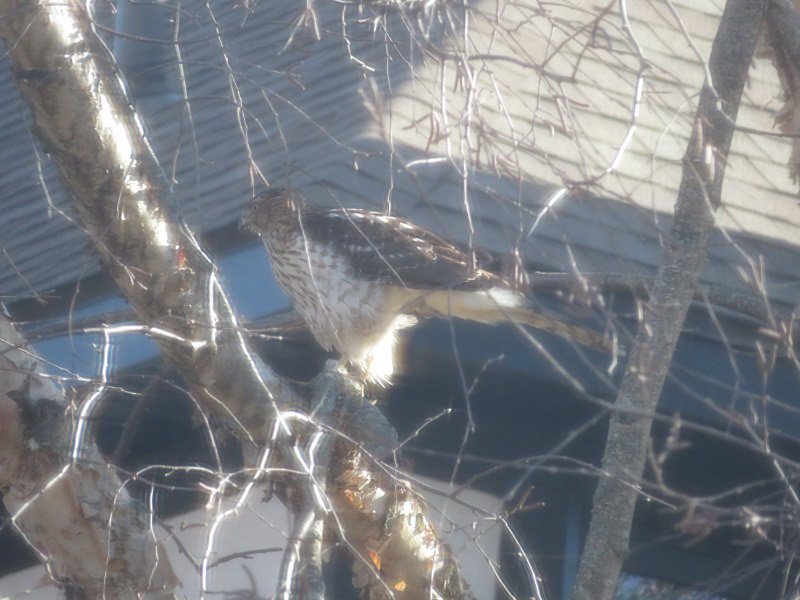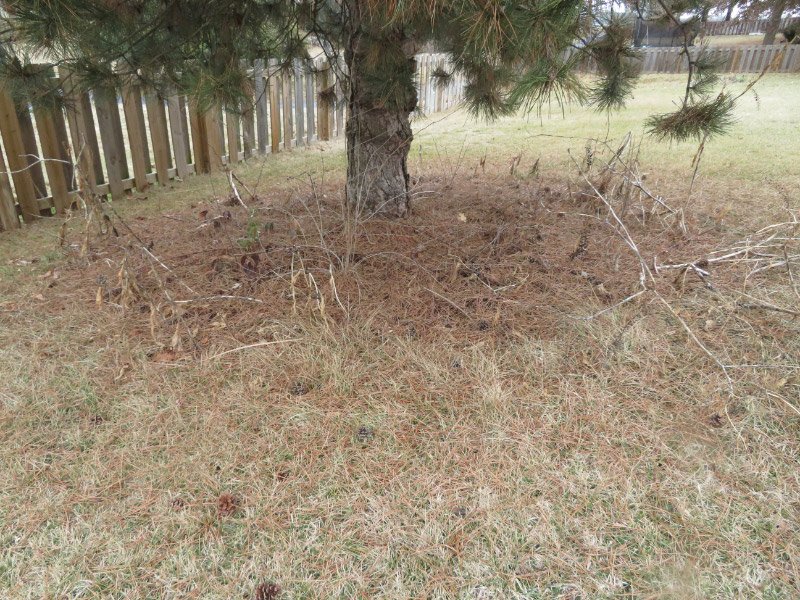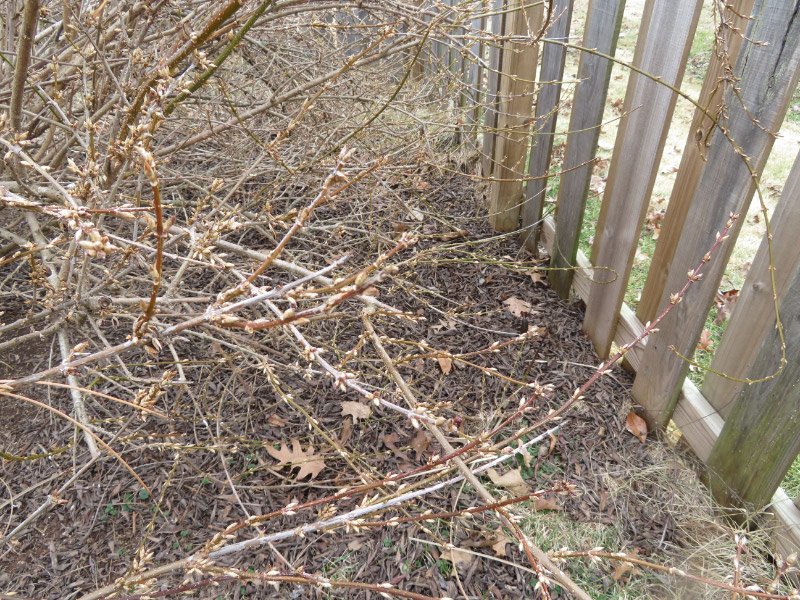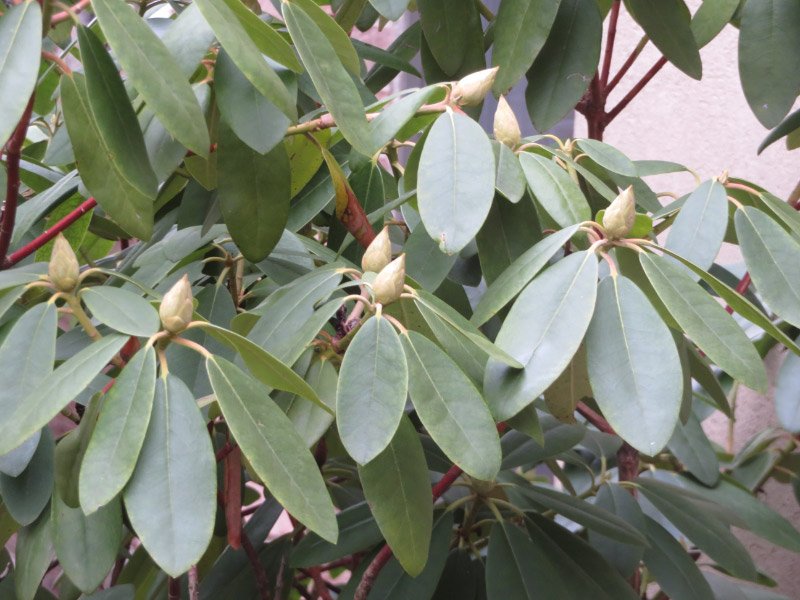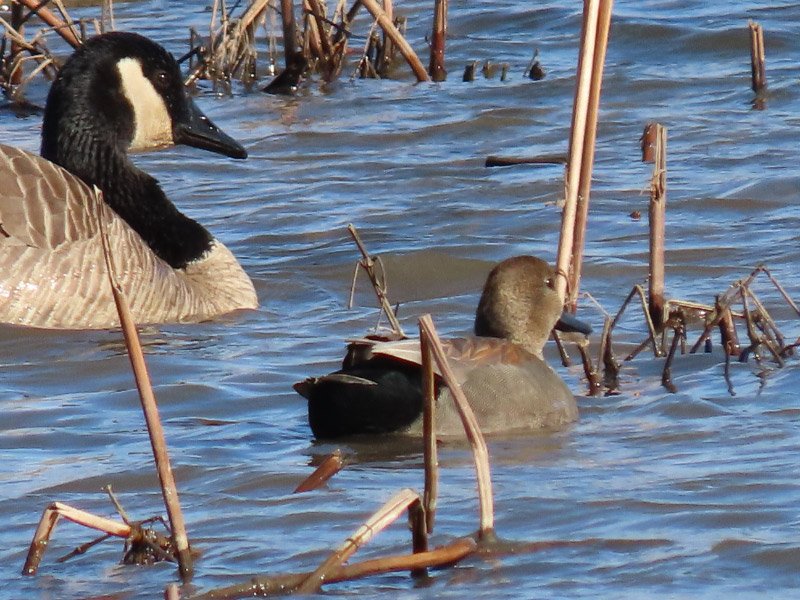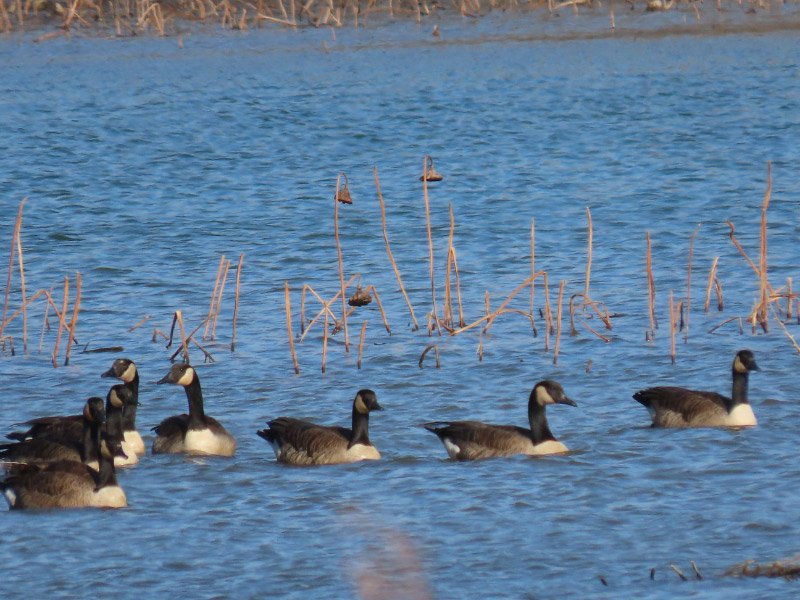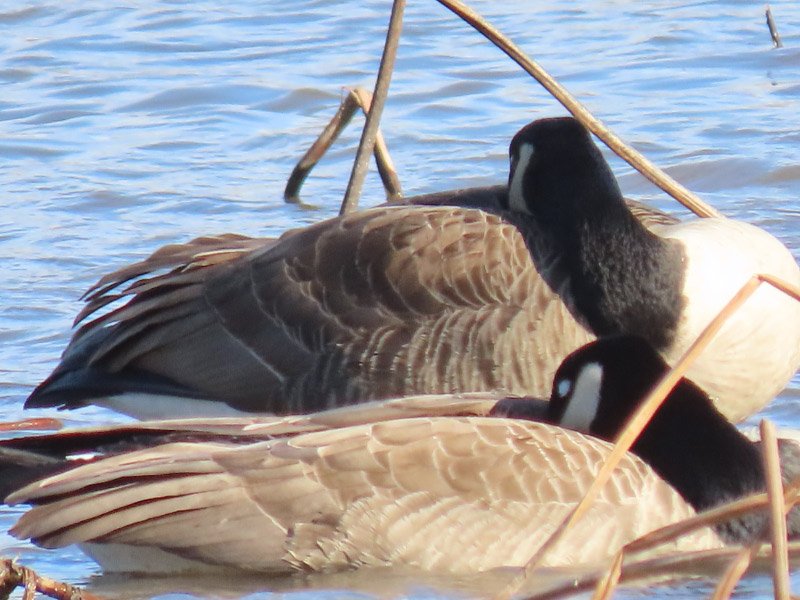The items below were ‘the cream’ of the articles and websites I found this past week. Click on the light green text to look at the article.
Apples, Walnuts… and Toast? A New Study Reveals the Flavors of Ancient Roman Wine - Georgian vintners still employ a rustic approach. Grapes are crushed by hand or foot, placed in egg-shaped vessels known as qvevri, and buried for up to six months. It’s a UNESCO-recognized tradition dating back 8,000 years and researchers believe can help reveal the sight and scent of ancient Roman wine.
Mexico is suing US gun-makers for arming its gangs − and a US court could award billions in damages - In January, a federal appeals court in Boston decided that the industry’s immunity shield, which so far has protected gun-makers from civil liability, does not apply to Mexico’s lawsuit. Mexico’s lawsuit alleges that U.S. gun-makers aided and abetted illegal weapons sales to gun traffickers in violation of federal law. According to the lawsuit, feeding demand for illegal weapons is central to the industry’s business model.
Climate change reversing gains in air quality across the U.S.: study - The study finds that climate change is increasing the prevalence of two of the air pollutants most harmful to human health: particulate matter, commonly referred to as PM2.5, and tropospheric ozone. Whereas pollutants from cars and factories could be targeted by regulations over the past few decades, climate-related deterioration in air quality is a much tougher problem to solve.
Avar Grave Offers Clues to 7th-Century Heavy Cavalry - Thought to be a complete set of lamellar armor, which was made from hundreds of small iron plates, was spread out over the warrior.
What Does a Solar Eclipse on Mars Look Like? New, Breathtaking Images, Caught by NASA’s Perseverance Rover, Give Us an Idea – Images of Phobos passing across the sun’s surface…back on February 8.
Benefits of heat pumps - Nationally, heat pumps would cut residential sector greenhouse gas emissions by 36%-64%!
How millennials could give the suburbs a much-needed makeover – The trend is to move to the suburbs and not feel like you need to go to the city to have a great dinner or to see a show or live music or the arts.
The far-reaching impacts of wildfire smoke – and how to protect yourself - One study found that a quarter of the US's PM2.5 pollution was caused by wildfire smoke. In western regions, as much as half was caused by smoke. If there is a wildfire nearby, the Centers for Disease Control and Prevention advise taking steps to limit your exposure where possible:
Choose a room to close off from outside air
Wear a tightly fitting respirator, if it is safe for you to do so
Keep track of fires nearby using services such as AirNow's fire and smoke map
Pay attention to health symptoms and seek medical care if needed
Ancient Lipstick Dating Back More Than Three Millennia Is Found in Iran – Analysis of the loose, dark purple fine powder revealed minerals (hematite, quartz, braunite, anglesite, and rare tiny crystals of galena) and vegetal fibers.
In Scotland, Renewable Power Has Outstripped Demand – A milestone for Scotland. The volume of electricity produced by renewables in Scotland was equal to 113 percent of demand in 2022. Fossil fuels still supply some electricity, helping to smooth over gaps in renewable power. Across the U.K., fossil fuel power is at its lowest level in nearly seven decades. Impressive.




